Japan
2008, 2023, 2024
There are thousands of blogs, web sites, and resources to deal with traveling in Japan. However if you you want to go further than Tokyo, Kyoto, and Osaka - and you should - this cuts out 90% of the available stuff.
This page is about some places in Central & Northern Honshu outside of the 'Big Three'
Lake Towada, Aomori Province
Northern Honshu
Aomori Province
A stand out area to visit. Absolutely worth hiring a car, not just to get places , but for the great views & stops along the way. And for some of the more obscure but excellent attractions.
Some curated highlights
Hachinohe makes a very good stop. On the shinkansen line, it's a town that's easy to get to, has decent business hotels in the town centre, friendly people, and a very good food scene. This includes 'Food Alley' - a generally very approachable set of yatai stalls in the centre of town. Provided you're happy to squeeze in, & possibly use Google Translate on the short menu offerings.
Hachinohe also boasts a fascinating Shinto Shrine populated by thousands of gulls, and is only a bit up the road from great views at the top of the Coastal Path.
Aomori, in contrast, doesn't really have a lot going for it. A good Nebuta Museum is about it for the centre of town. Though we did have the best sashimi of our lives at an Aomori restaurant. And the food is really all that would keep you there. The exception would be if you have a fetish for apples. Aomori and Hirosaki are the centres of Japanese apple production, and are full of apple everything; from food, drinks, & keychains to letter boxes & bus stops, apples are everywhere.
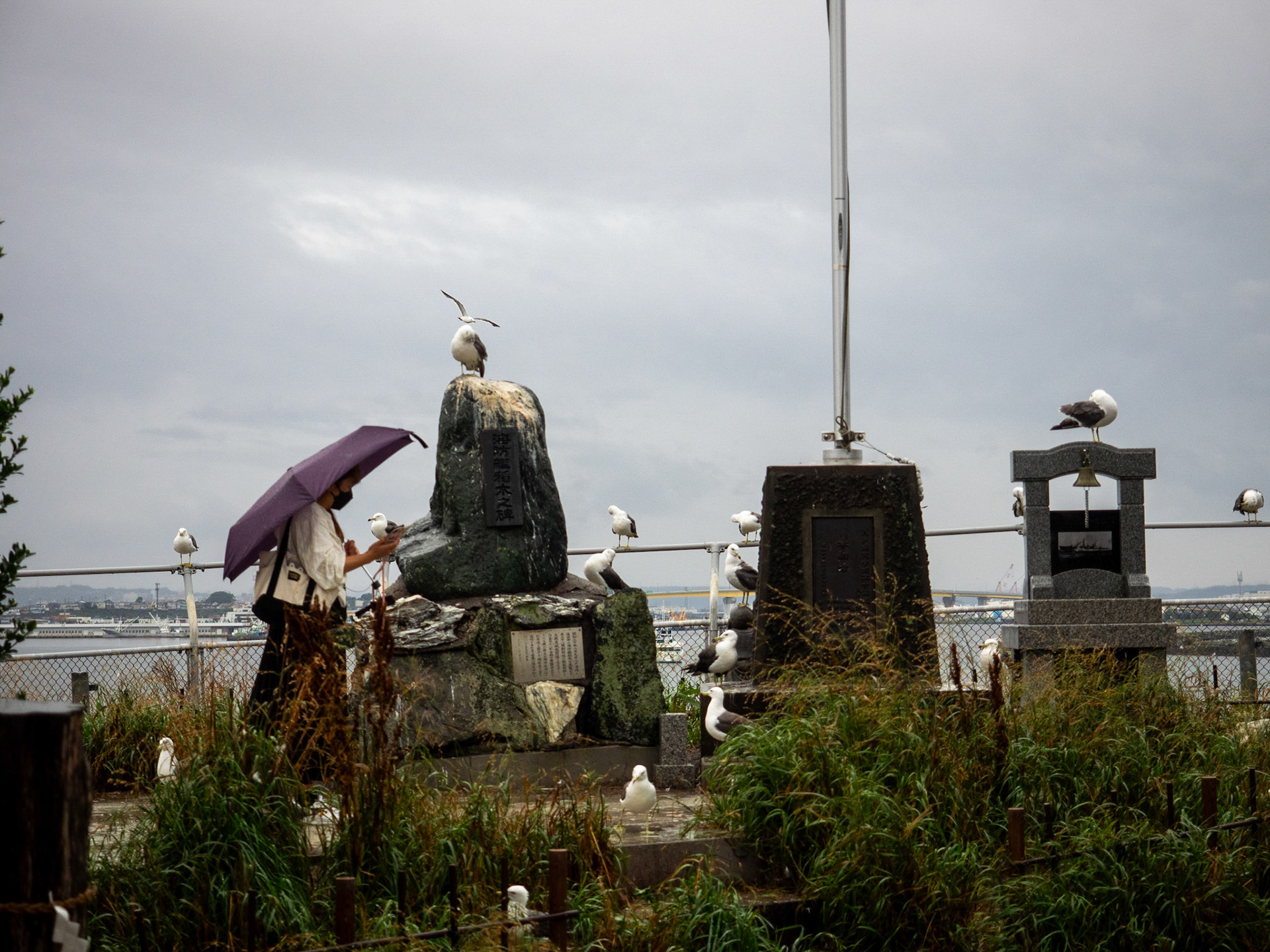
Hachinohe
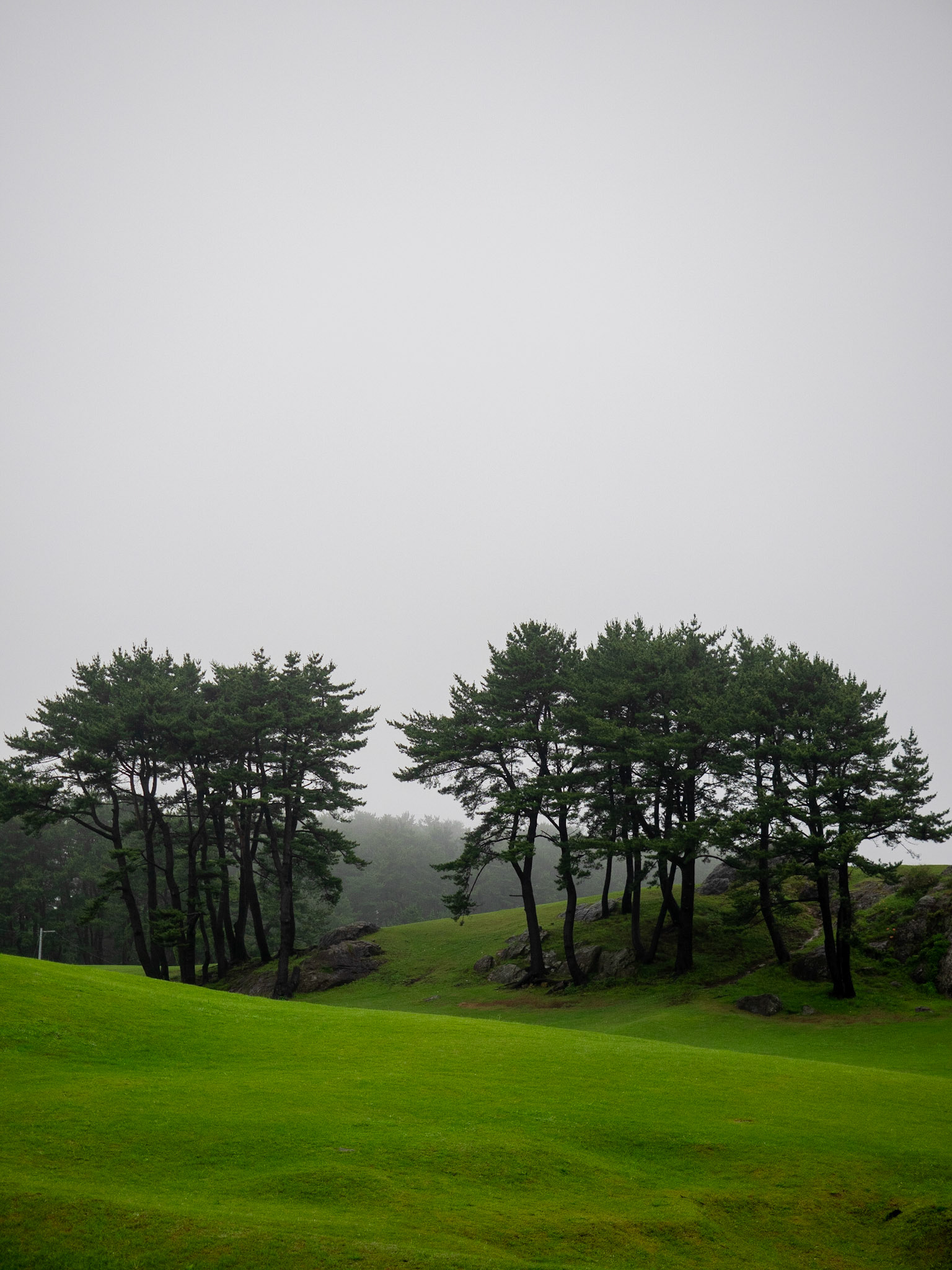
Tanesashi Coast, Hachinohe
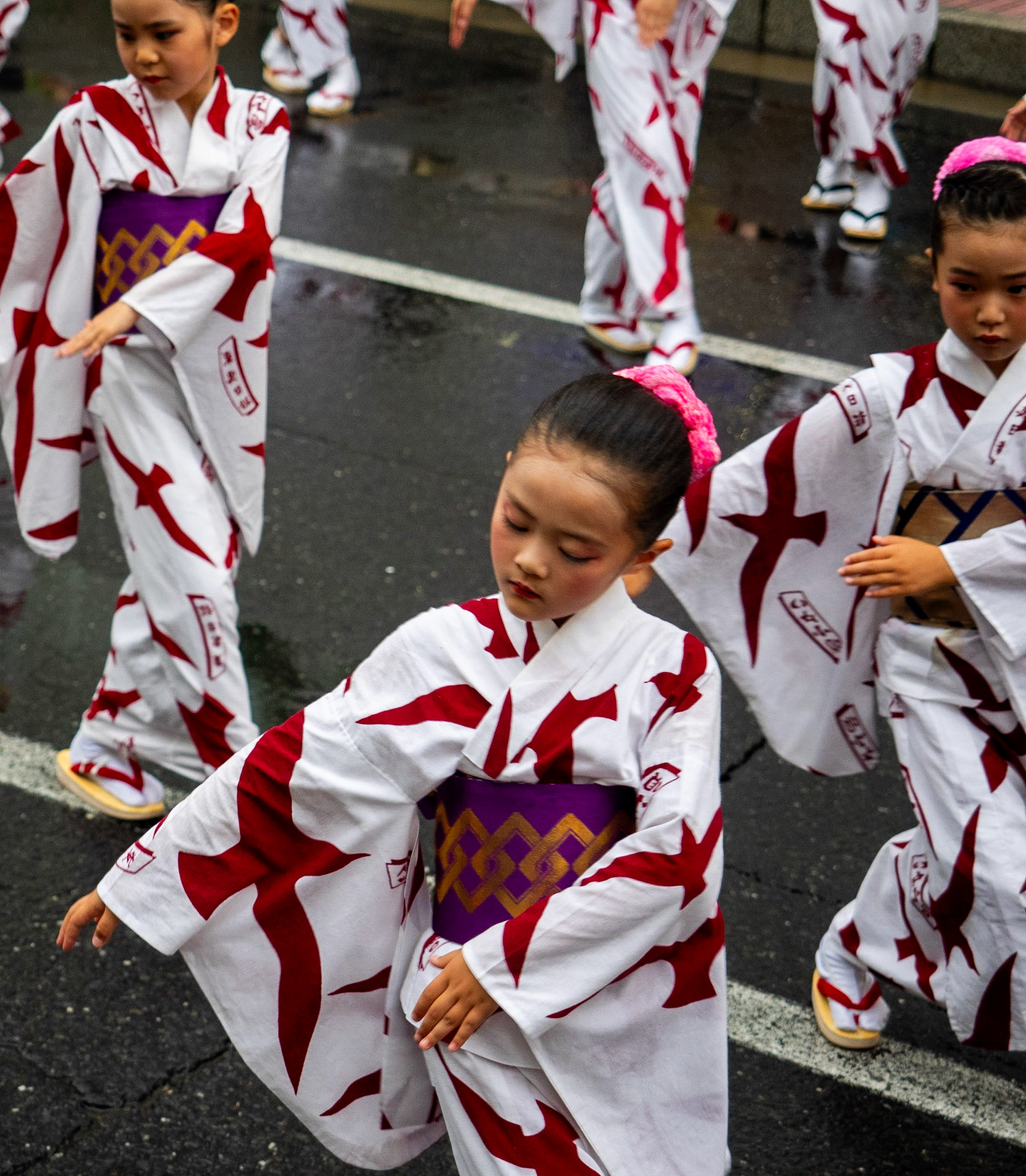
Hachinohe
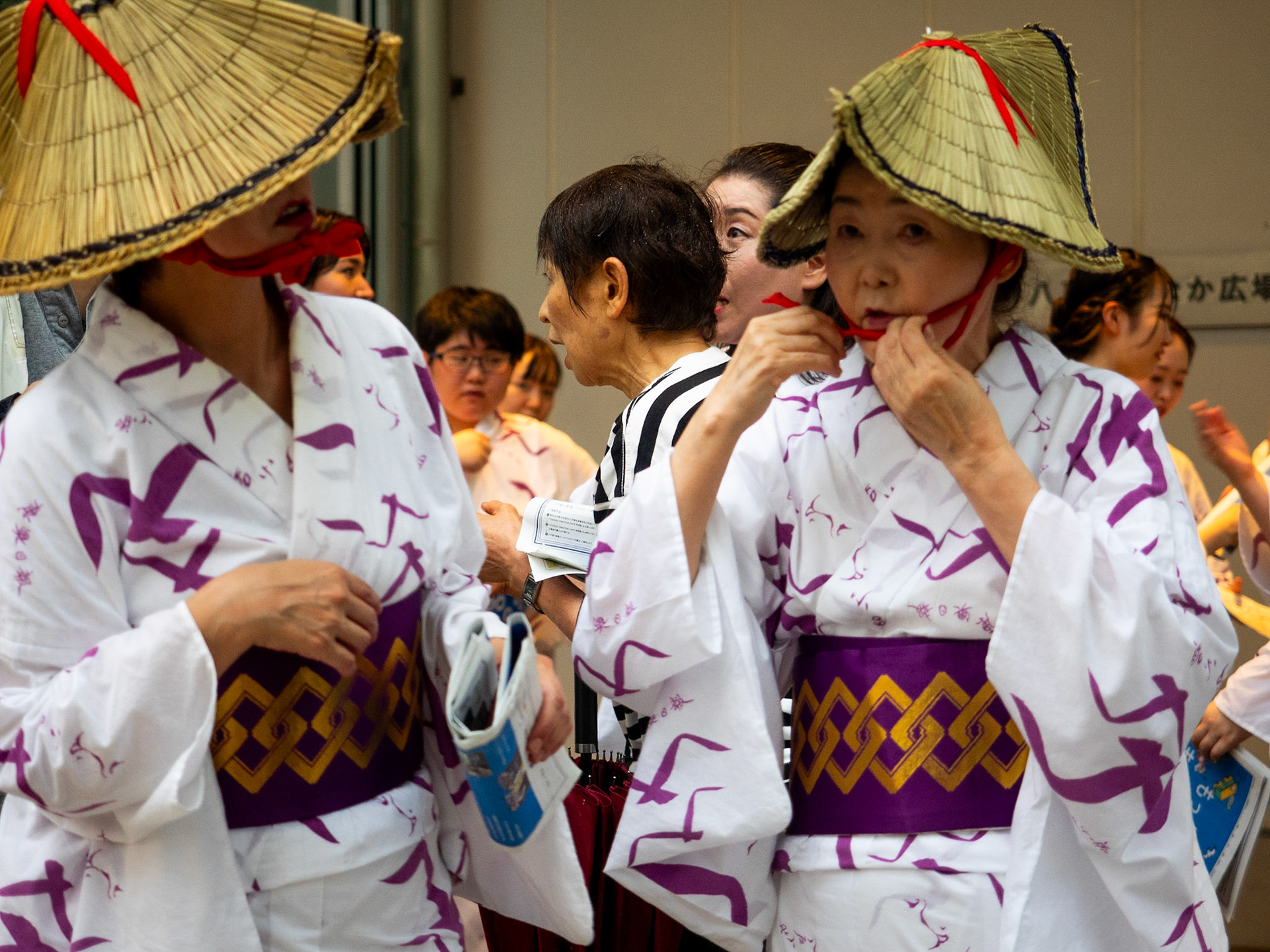
Hachinohe
Towada
A small town part way between Hachinohoe and Lake Towada, this is the unlikely site for a truly great small modern art museum. It has a bit of a focus on sculptures & installations, both inside, and dotted through the parkland around it.
Lake Towada & Oriase Gorge
Oriase Gorge is a famous beauty spot and walking trail that flows from Lake Towada. Lake Towada itself is a high altitude lake, the largest crater lake in Honshu, surrounded by picturesque mountains, all within a National Park. The Gorge trail itself is some 14 km long, with the most scenic sections in the half nearer Lake Towada. There are various small parking areas along it's length if you don't want to walk the whole thing.
In summer, the crowds aren't too bad, especially if you walk a couple of hundred metres from the access points, but in autumn it's apparently a traffic jammed madhouse, as Japanese flock to see the autumn foliage. Absolutely worth a visit outside that time. Local buses do run along the Stream, but their schedule is very drawn out - over an hour or more between buses.
There's also a picturesque small Shinto shrine further round the lake, Towada-jinja Shrine, near the main centre for Japanese holiday makers.
The drive around the northern crater rim and on to Hirosaki is wonderfully scenic, with a number of viewpoints, thick cloud permitting, and along river valleys toward Hirosaki.
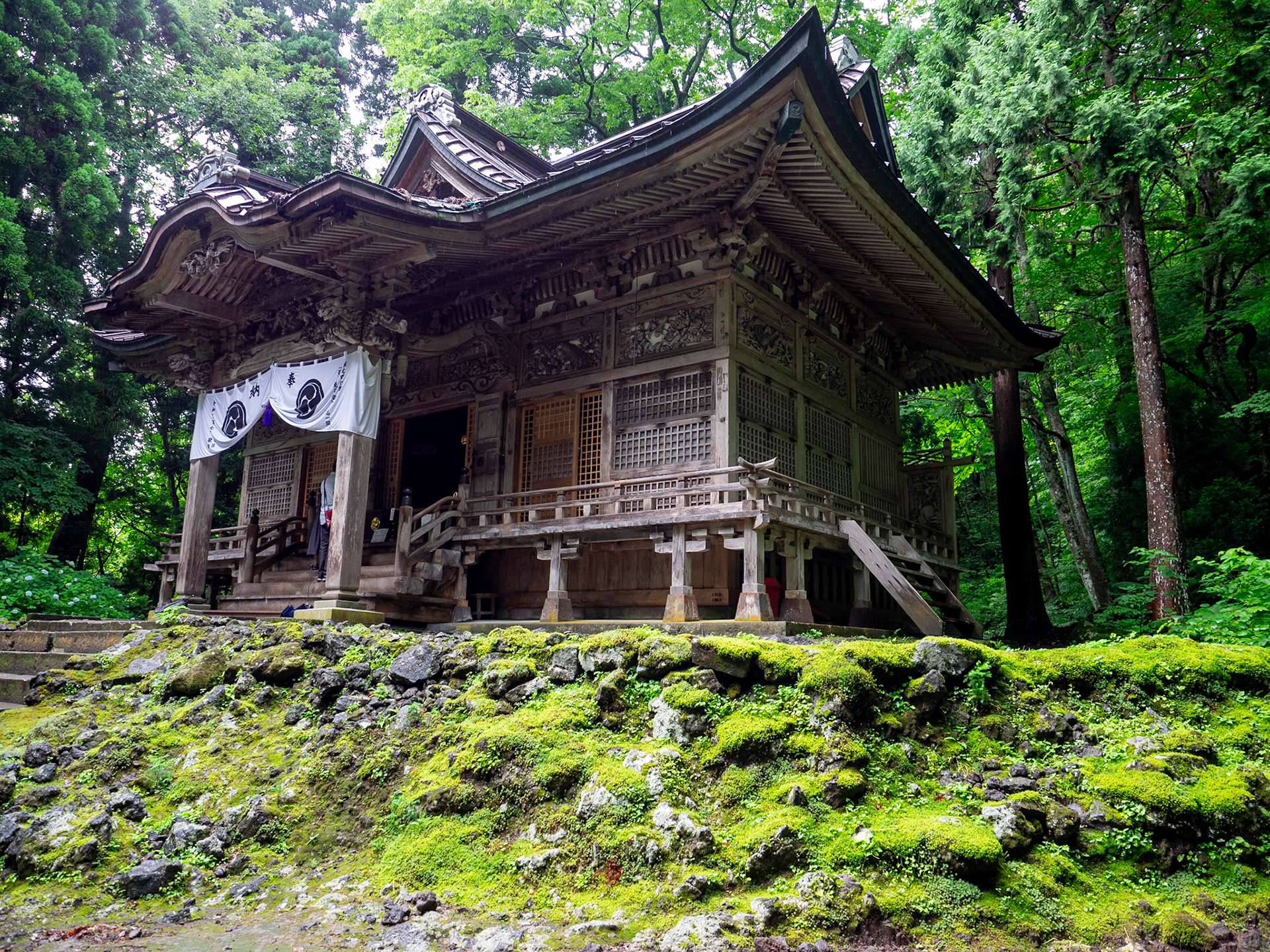
Towada-jinja Shrine, Lake Towada
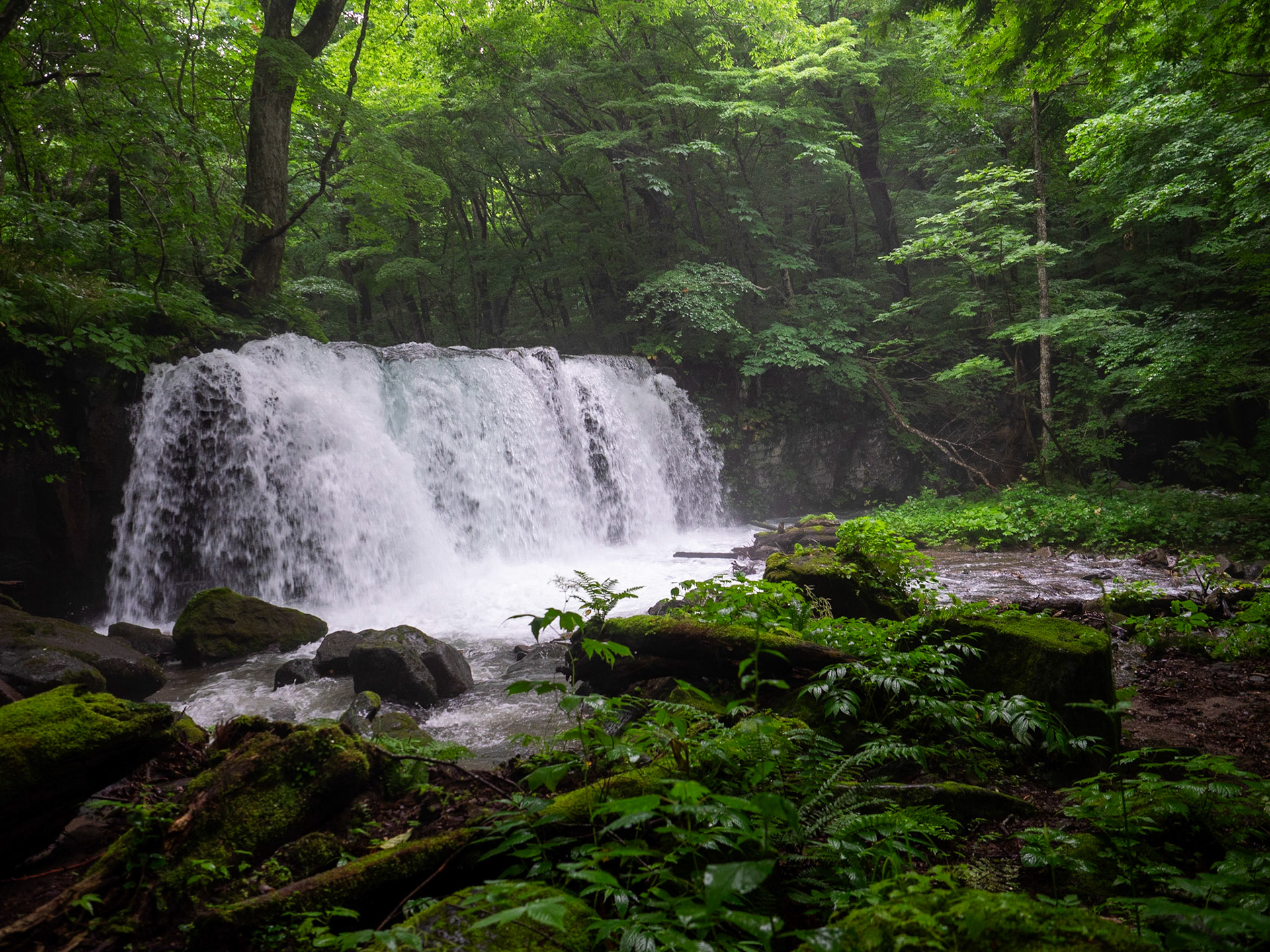
Falls, Oriase Gorge
Goshogawara
The Aomori region is famous for it's nebuta, or neputa, festivals and floats. These illuminated extravaganzas, of paper, bamboo, and these days, hi-tech internal lighting, can be seen outside of festival time - early August - in museums at Aomori and Hirosaki.
However the small town of Goshogawara, north west of Hirosaki, has it's own spectacular nebuta museum. The Tachineputa Museum there houses Goshogawara's version of the floats - enormous towering edifices, in a purpose built building, which are truly mind blowing.
Hirosaki
This is an 'almost' small city. It's got a range of attractions; a castle, the Neputa Museum, a famous garden, and so on.
But I have to say, other than the Neputa Museum, none are particularly spectacular. Nice, without being memorable in their own right.
On the other hand there are some very worthwhile trips outside town if you have access to a car.
The World Heritage designated beech forest at Shirosaki is a couple of hours drive away. Anmon is a good jumping off point for either short or more demanding walks. Be aware that even the short walks have some serious steps involved, but well worth it. The carpark adjacent cafe & info centre has some quality tofu based soft serve ice cream as a summer reward for the effort.
The Shinto shrine at Iwakiyama-jinja is both extremely popular locally, and surprisingly extensive & scenic. It's about half an hour outside Hirosaki, again to the west
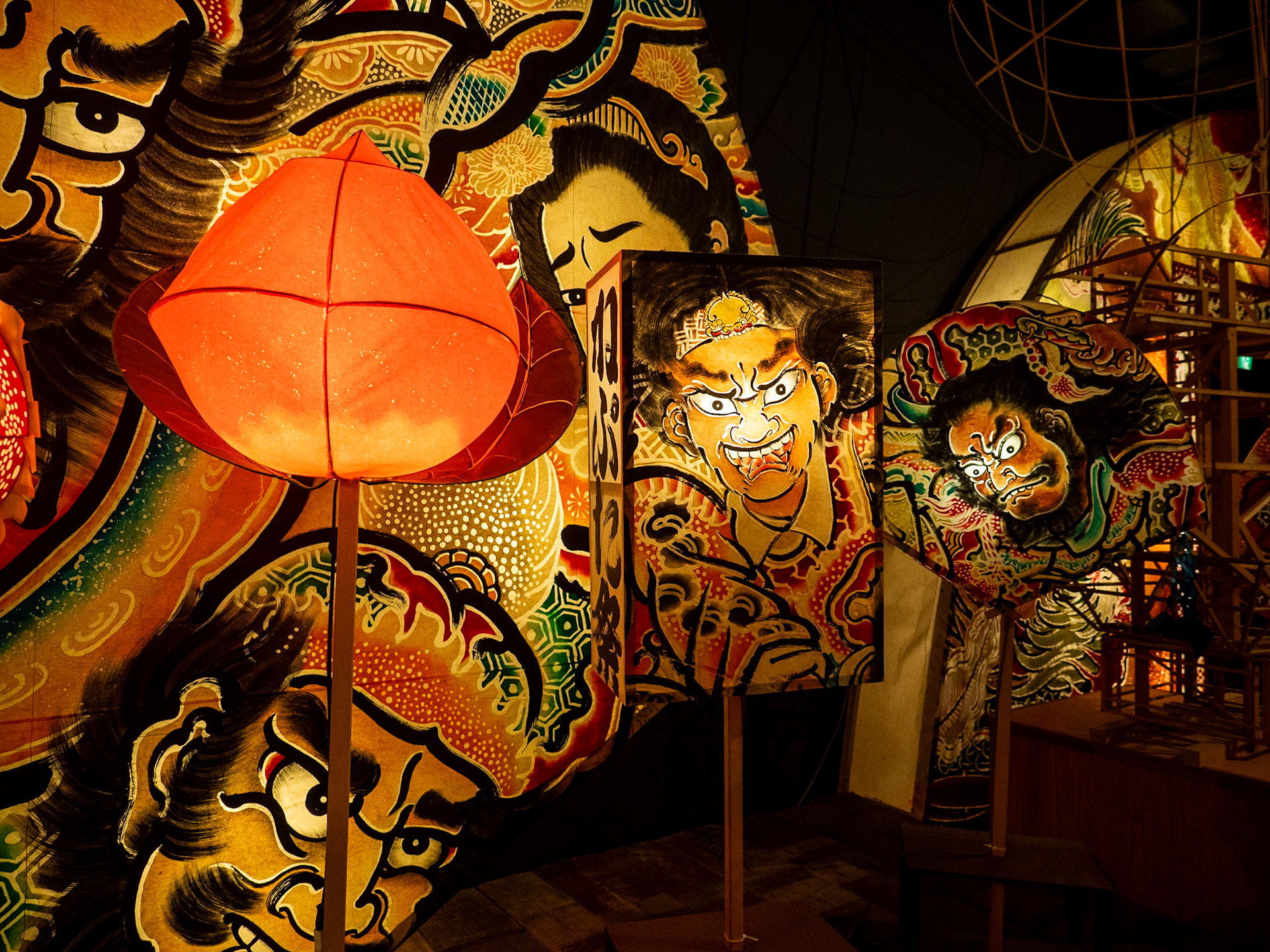
Neputa Float, Hirosaki
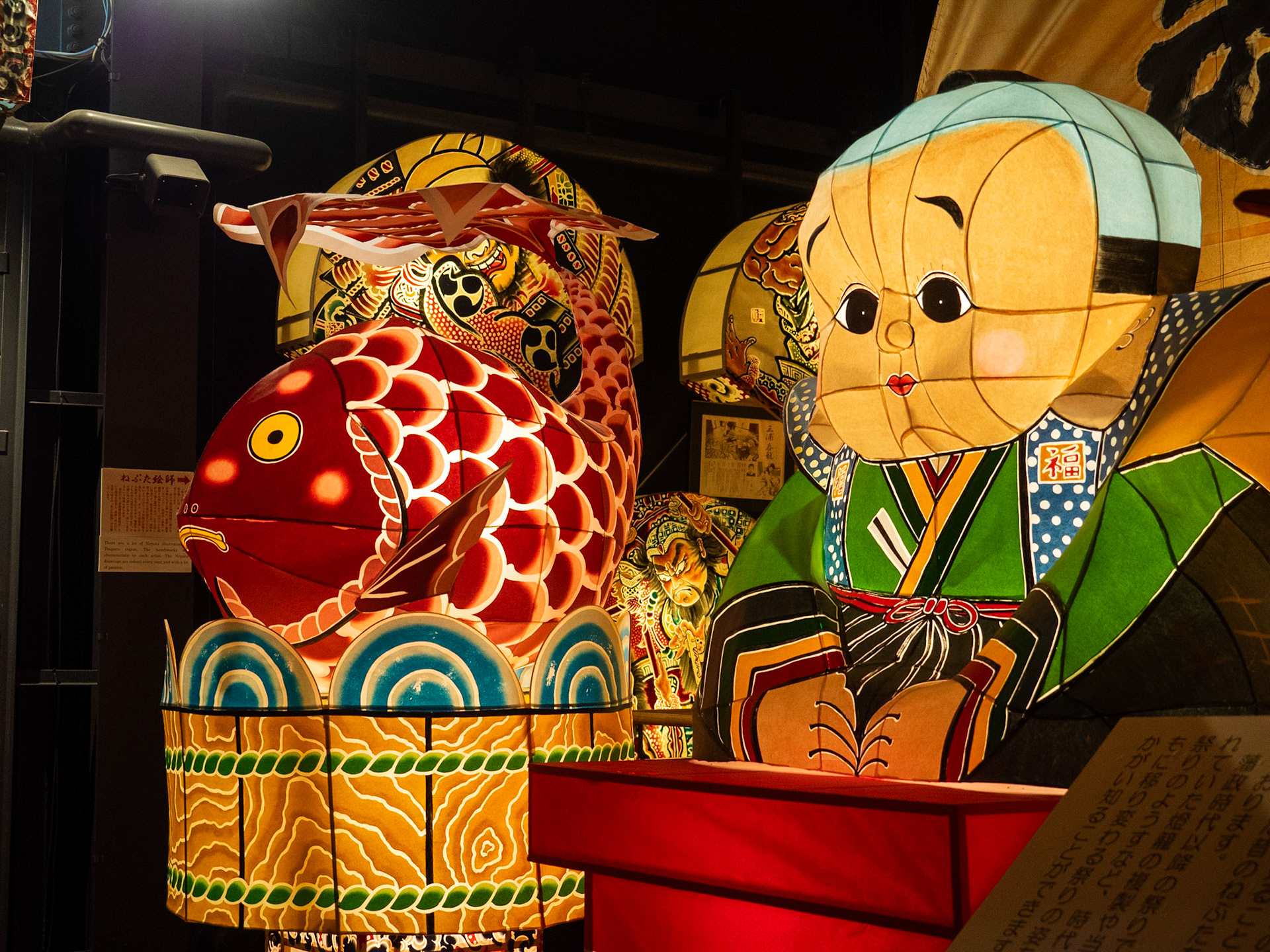
Neputa Float, Hirosaki

Neputa Float, Goshogawara
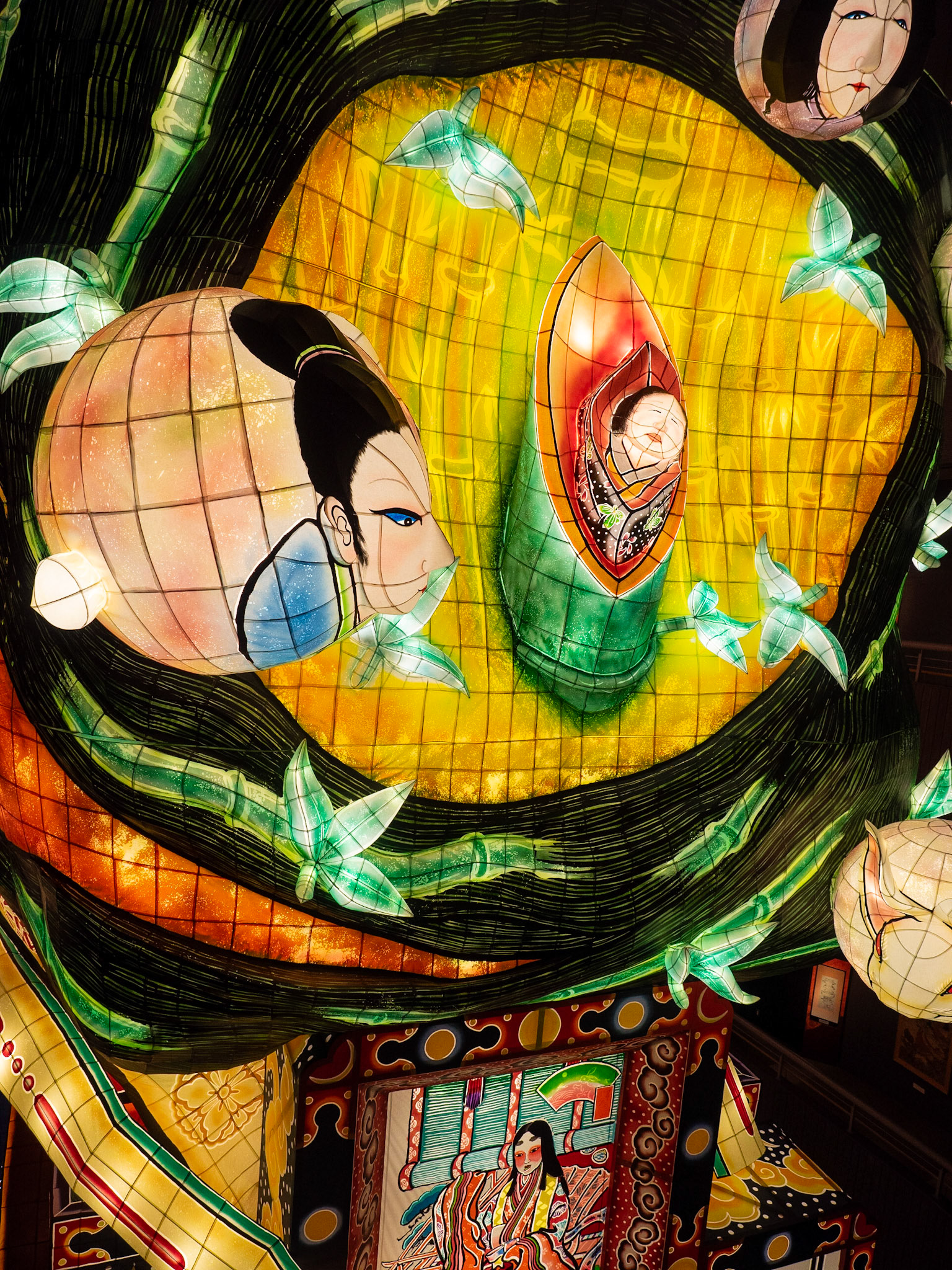
Goshogawara
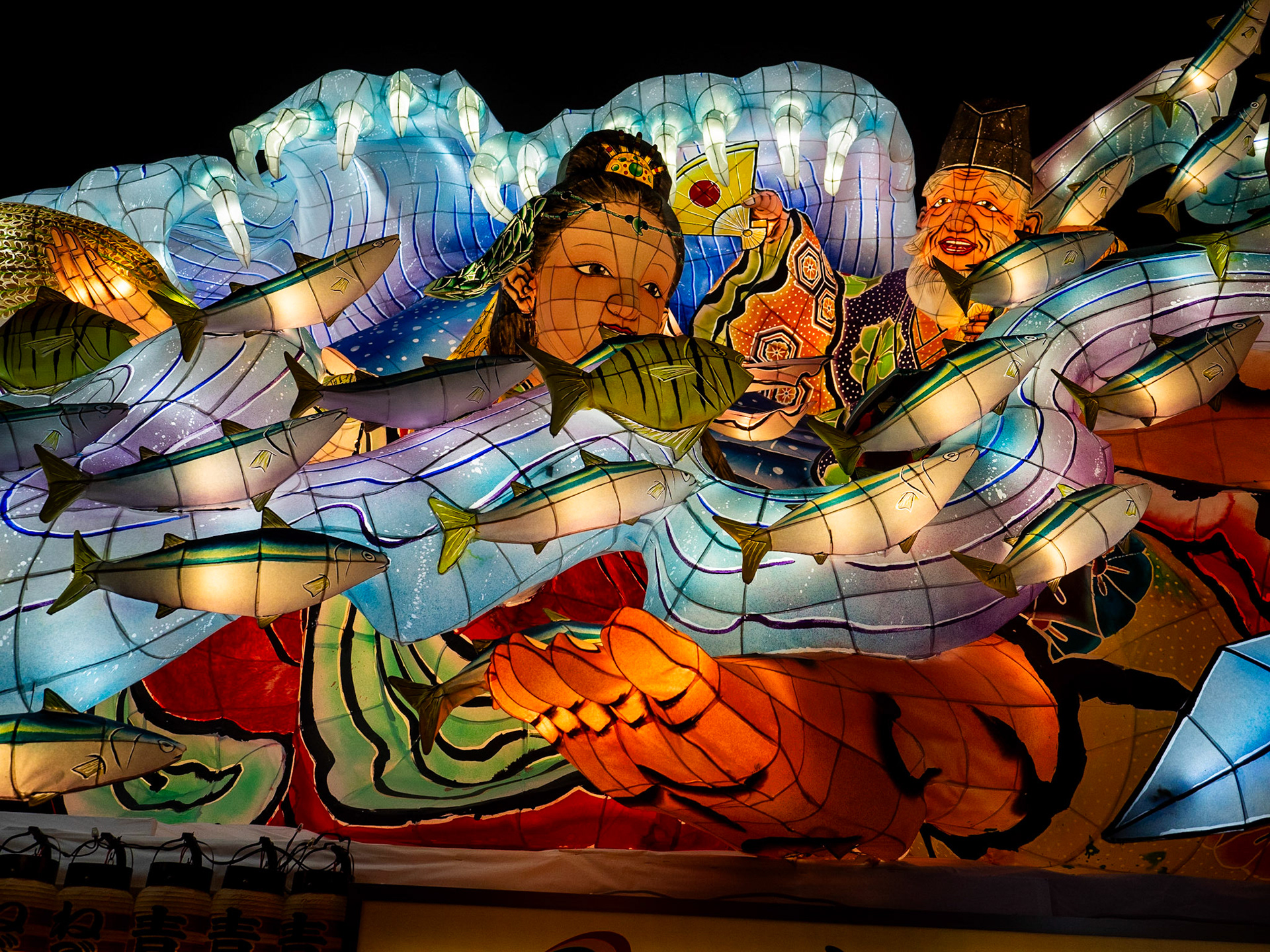
Neputa Float, Aomori
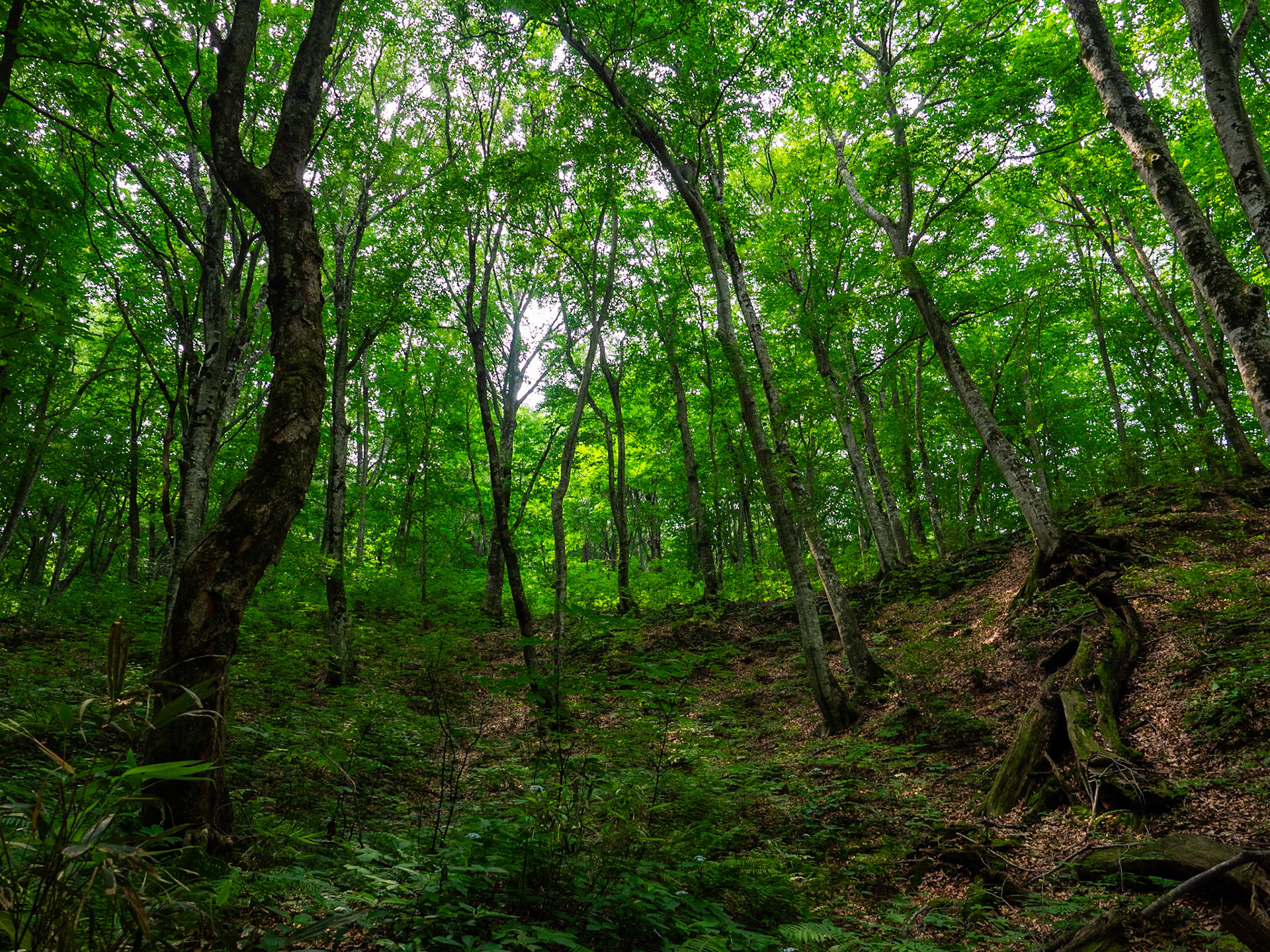
Beech Forest Trail, Anmon
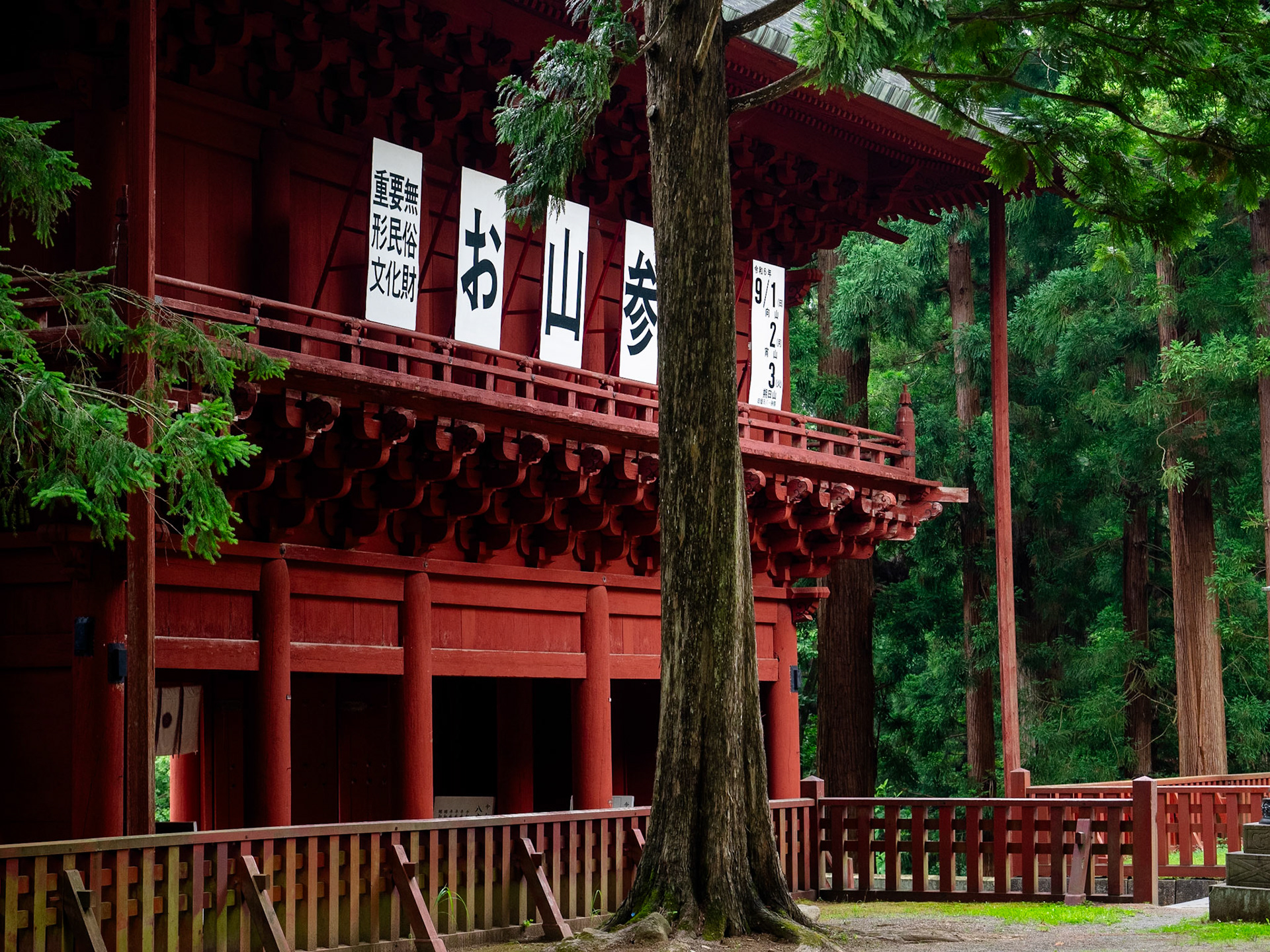
Iwakiyama-jinja
Iwate & Morioka
Morioka is a relatively compact city, and very pleasant place to spend a few days.
Quite rightly it's been described as coffee obsessed, though craft beer spots also abound. A bit short of actual sights, it's a place to wander round. Though a couple of Tohoku highlights are within easy reach by car as day trips.
First would be the old northern capital headlined by the Chuson-ji temple complex. Surprisingly popular even on week days with domestic tourists this is a wonderful site. The golden Amida hall, enclosed in another structure in an attempt to prevent fires (a very regular occurence over 700 odd years) is the best known aspect, but the extensive forested grounds also contain a myriad of interesting sub temples, an ancient kabuki stage, and a quite good museum.
A couple of kilometres away is Motsuji Temple, with it's restored example of a "Pure Land" garden, the only one still extant in Japan. Not our favourite garden but if you read up on, or recall bits of Amida Buddhist philosophy this large lakeside garden has it's interests.
There are other sites in Hiraizumi, the modern town where these are located, but a pleasant 15 minute drive south west lies Takkoku-no-iwaya bishamondō, a cliff top temple in quiet small landscaped grounds.
My second recommendation though would be Shiwa Inari Shrine.
This Shinto shrine is much closer to Morioka, only 30 minutes to the south, and it's a gem of a Shinto complex, surrounded by towering cedars. Peaceful, well maintained, varied structures, sacred trees, and a bit nuts, it's got everything.
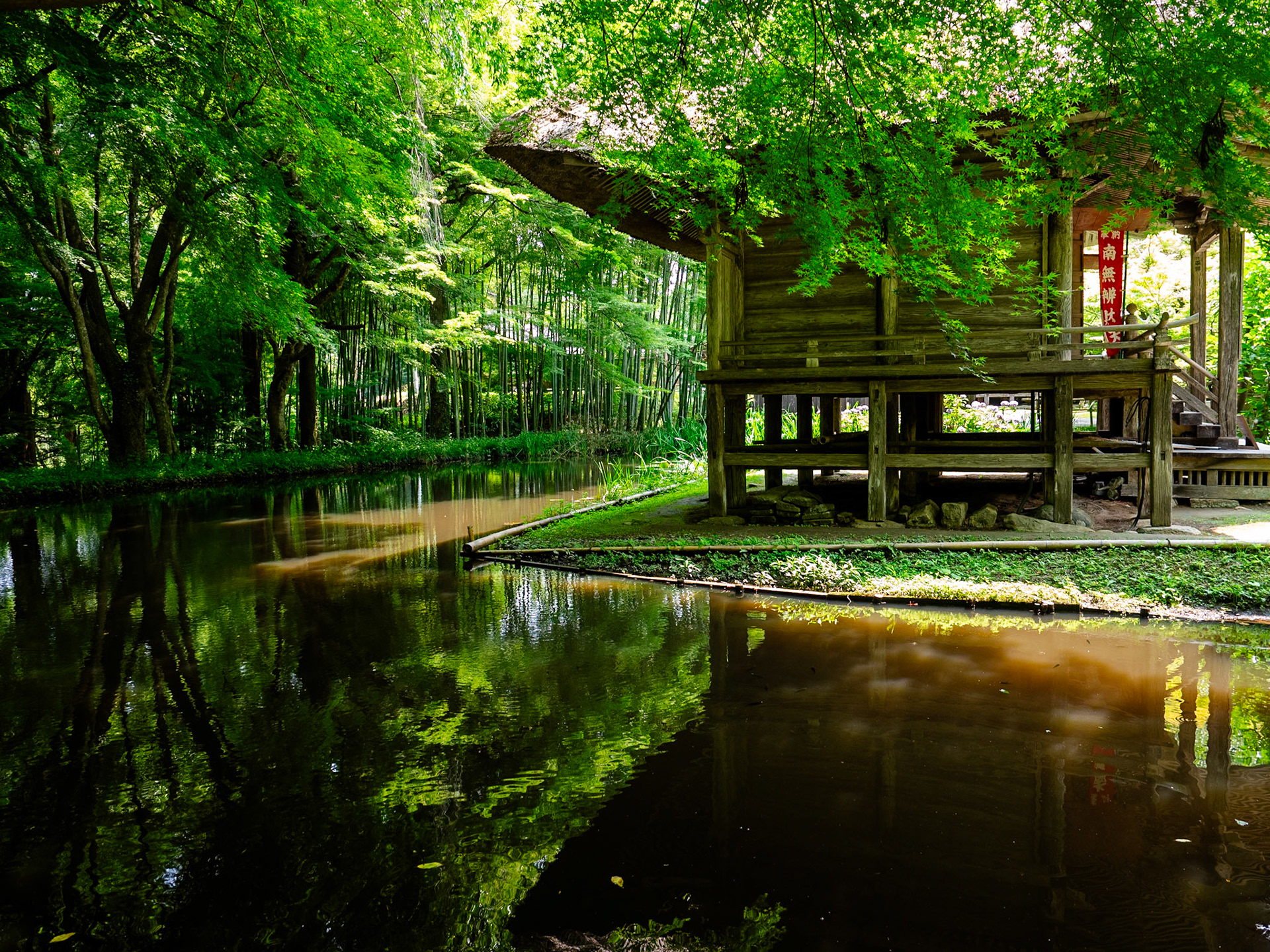
Chuson-ji
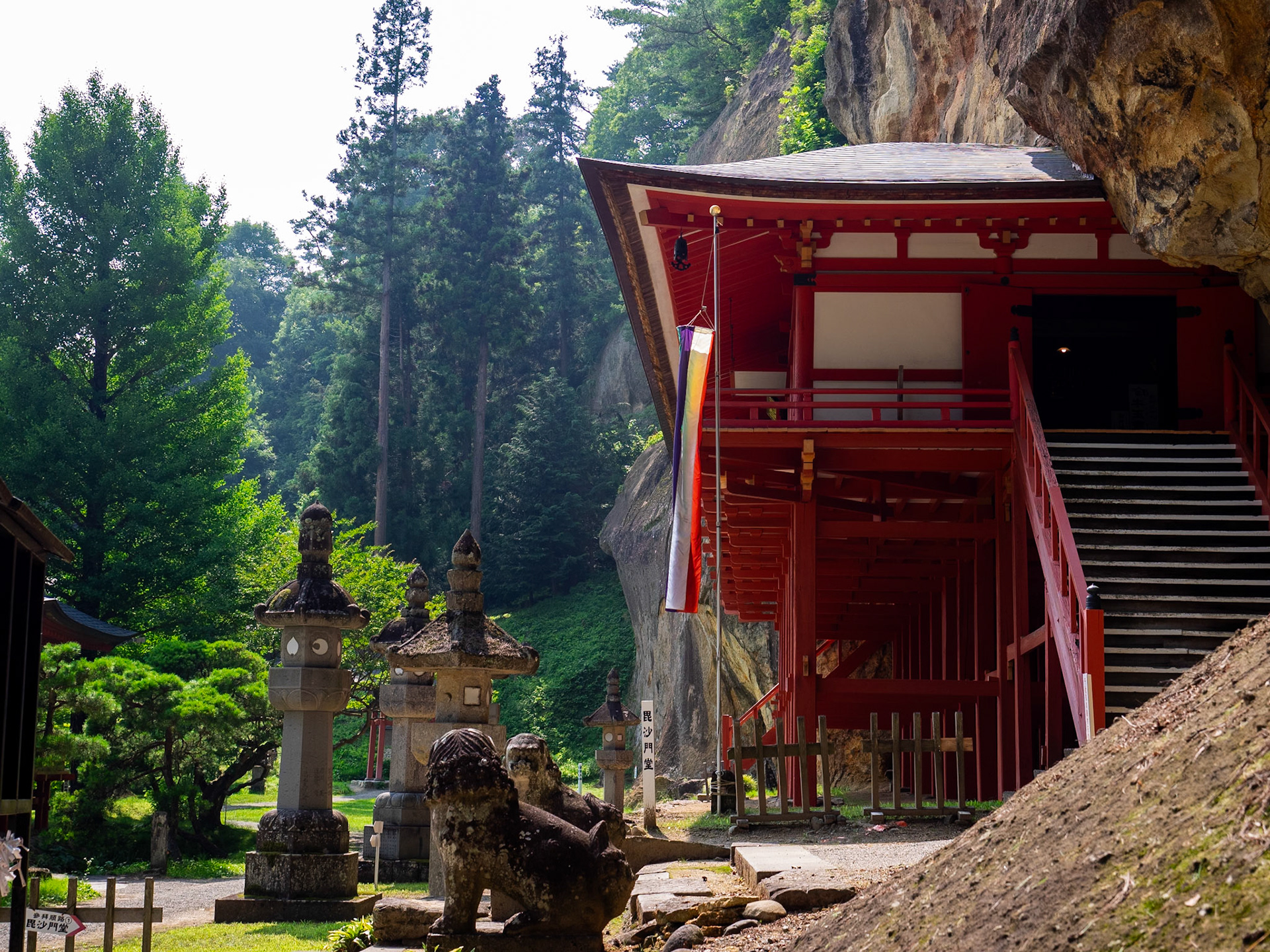
Takkoku-no-iwaya bishamondō
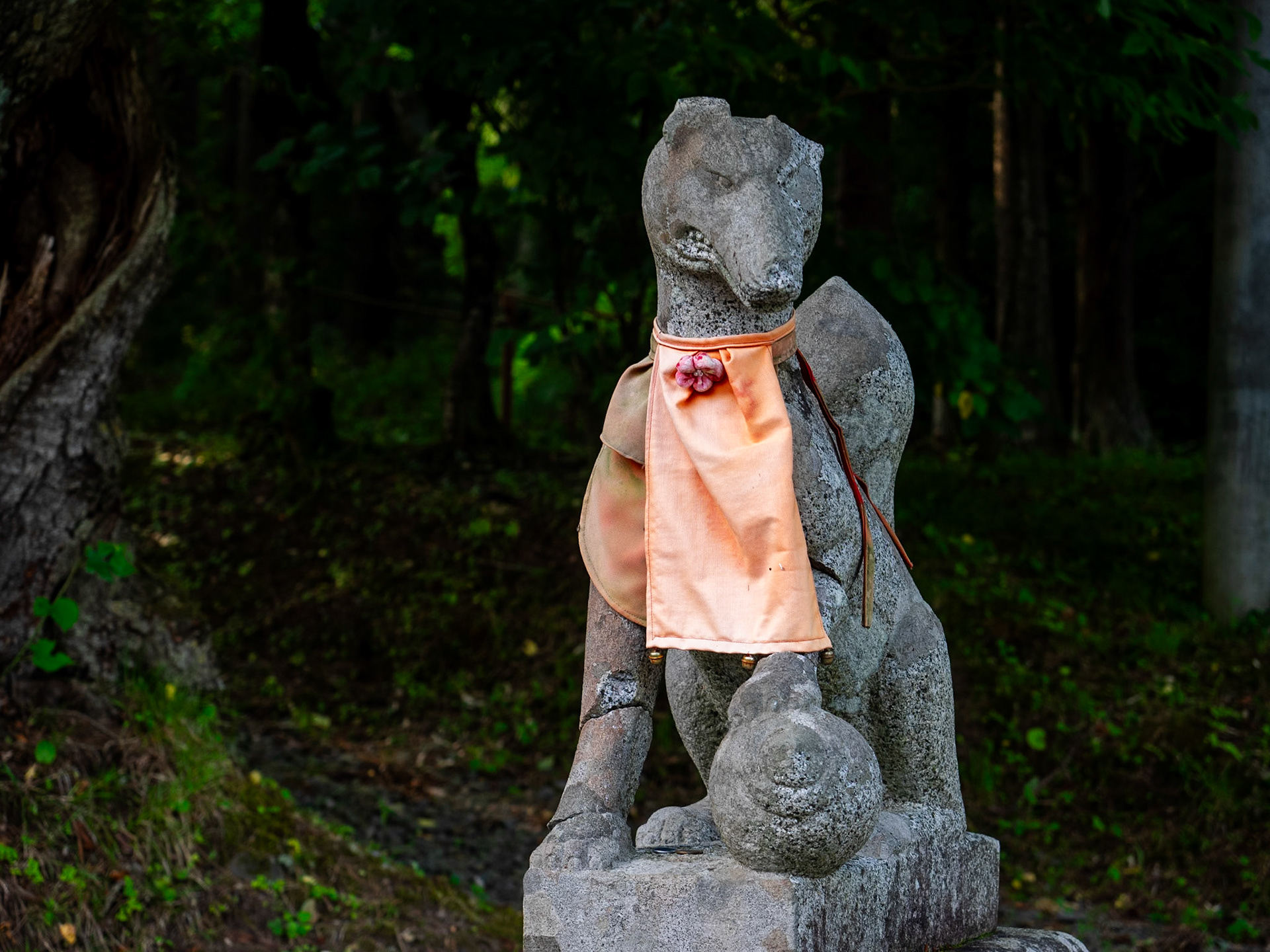
Shiwa Inari Shrine.
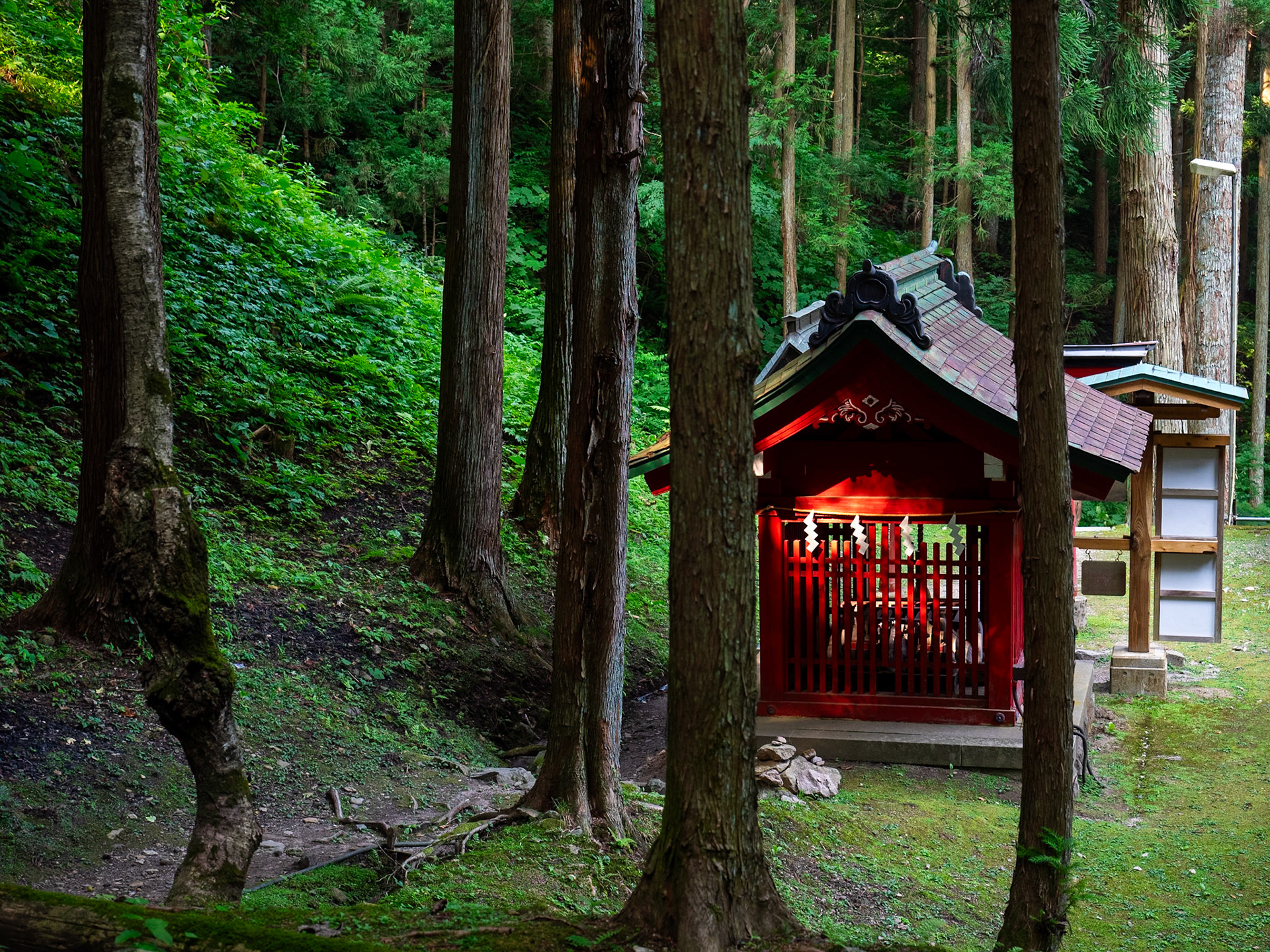
Shiwa Inari Shrine.
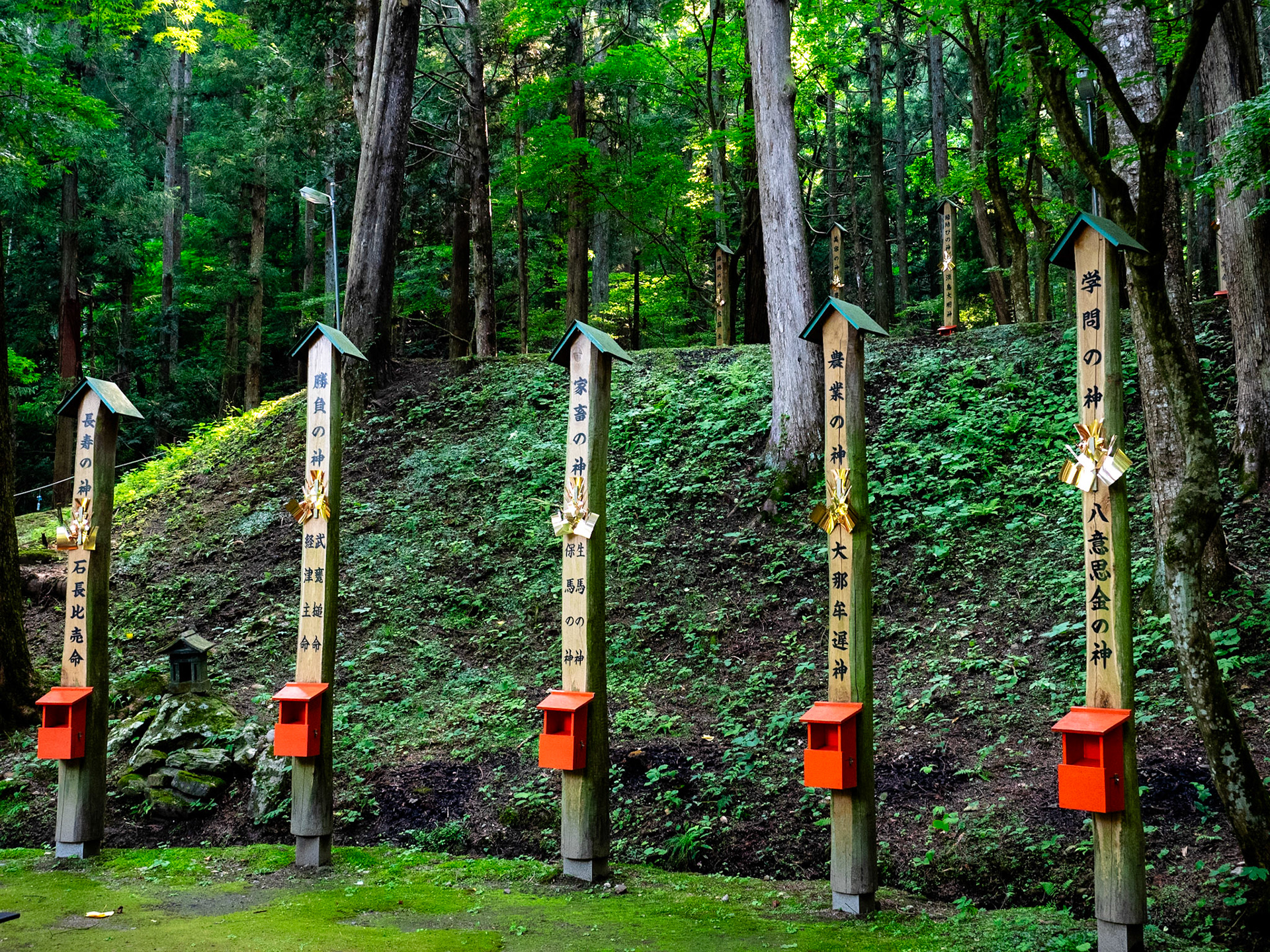
Shiwa Inari Shrine.
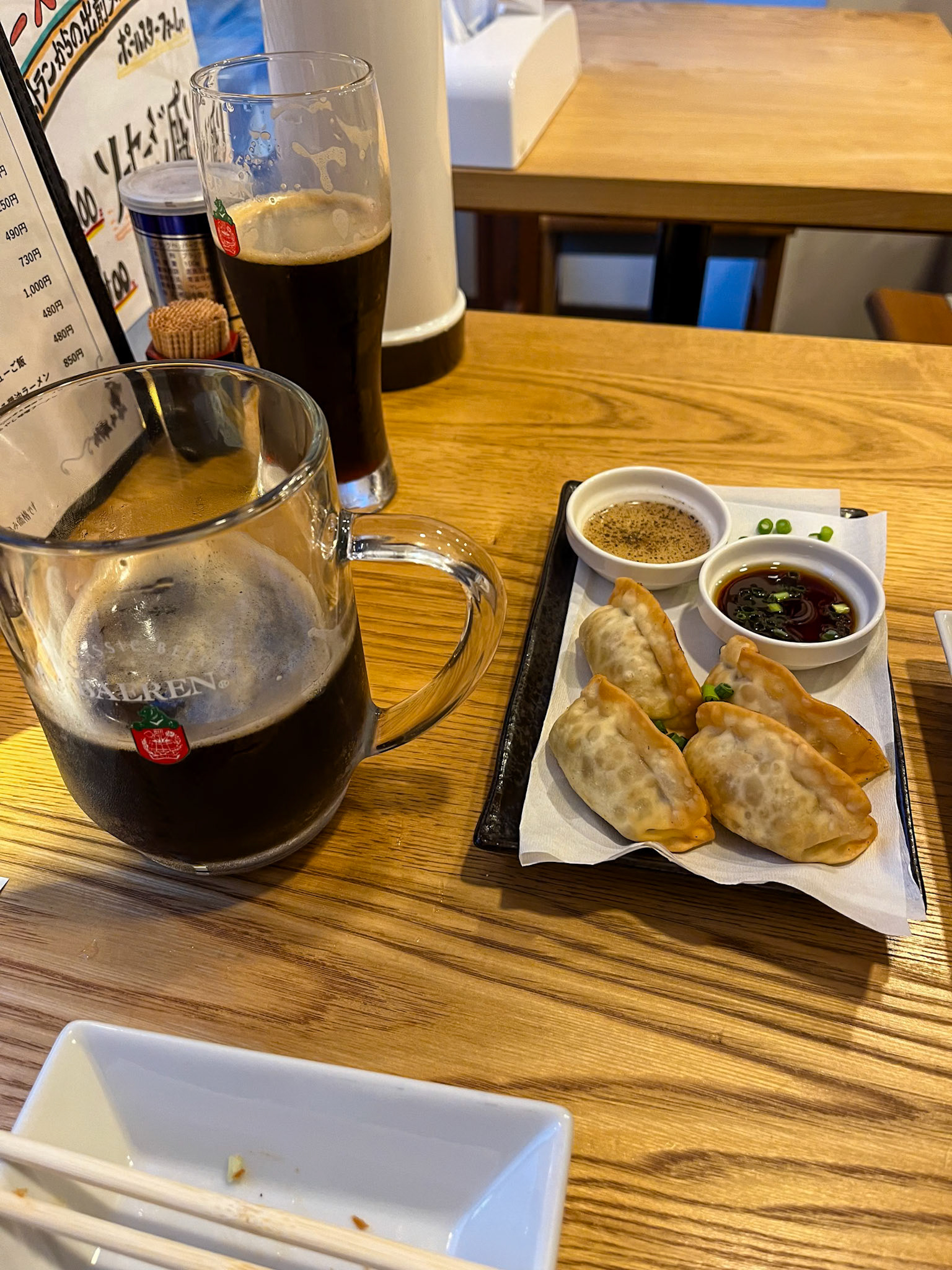
Craft Beer, Morioka
Sendai & Surrounds
Sendai is a very attractive city to spend a few days. The footpaths are wide, it's status as a University town gives it a readily accessible cool persona, with a multitude of interesting & quirky shops, and the food scene is outstanding. Most things can be found in the area between the bustling station complex, and on to the west until you reach Itsutsubashi-dori Ave. It's possible to walk this entire distance through major covered shopping arcades.
On the other hand, it's tourist attractions aren't magnificent. The reconstructed Zuihoden Temple, a mausoleum to Date Masamune, is a small & ornate building nestled in forest at the top of a steep hill. A couple of subsidiary family shrines are just as interesting, as is the mass of pop culture Date Masamune artifacts in the gift shop.
The castle ruins are just that, though with a view over Sendai. As of 2023 the major city museums & galleries were all closed for major renovations, which are ongoing.
Sendai makes much of it's Loople bus for tourists, making hop on, hop off stops around the city. Unfortunately, having tried the Loople bus on a couple of days, in low tourist season at that, I can really only recommend it for people who are desperate to experience Tokyo's peak hour subway crush for themselves. And it was that rare public transport beast in Japan, often very very delayed.
Matsushima Bay
Famed as one of the 'Three Great Views Of Japan', Matsushima Bay is an easy local train hop from Sendai, and very popular as a day trip. To be honest, in my opinion, the bay, the view, and the low islands dotted with pine trees, are vastly over rated. Still, there are some pleasant walks around Oshima Island and, further afield, Fukuurajima Island.
The highlights of Matsushima for me were the small but beautiful gardens of Entsuin Temple, and beside it, the buildings and paintings of Zuiganji Temple. Both are an easy stroll from the station.
It is possible, and pretty straightforward, to catch a boat from Matsushima Pier to Shiogama, thus combining some sightseeng with actually going a bit further than most of the circular cruises. Though you can't escape the soundtrack of cliched commentary about each islet you pass by. Shiogama is just a stop or two before Matsushima on the same train line from Sendai.
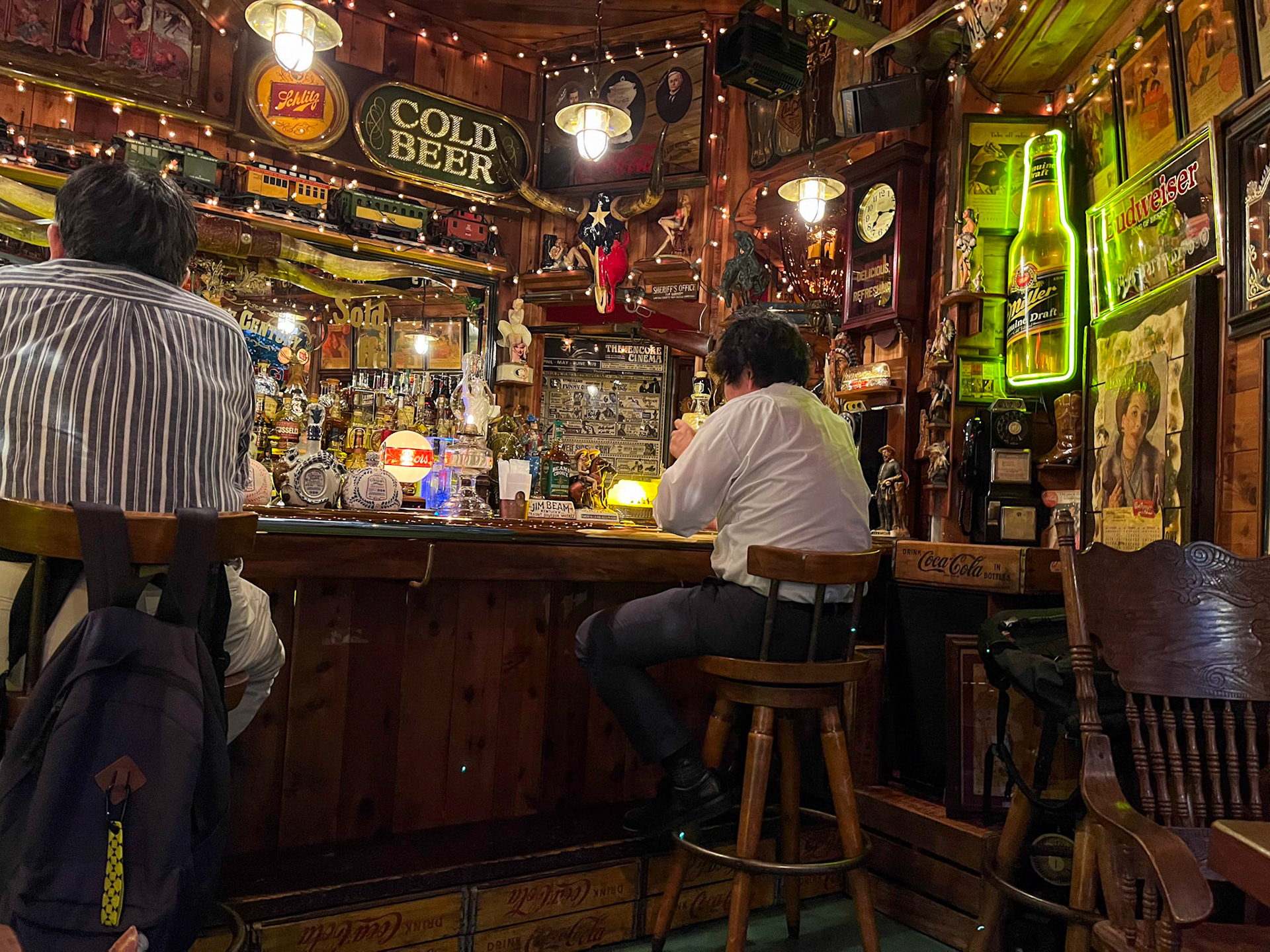
Bar, Sendai

Sendai Castle
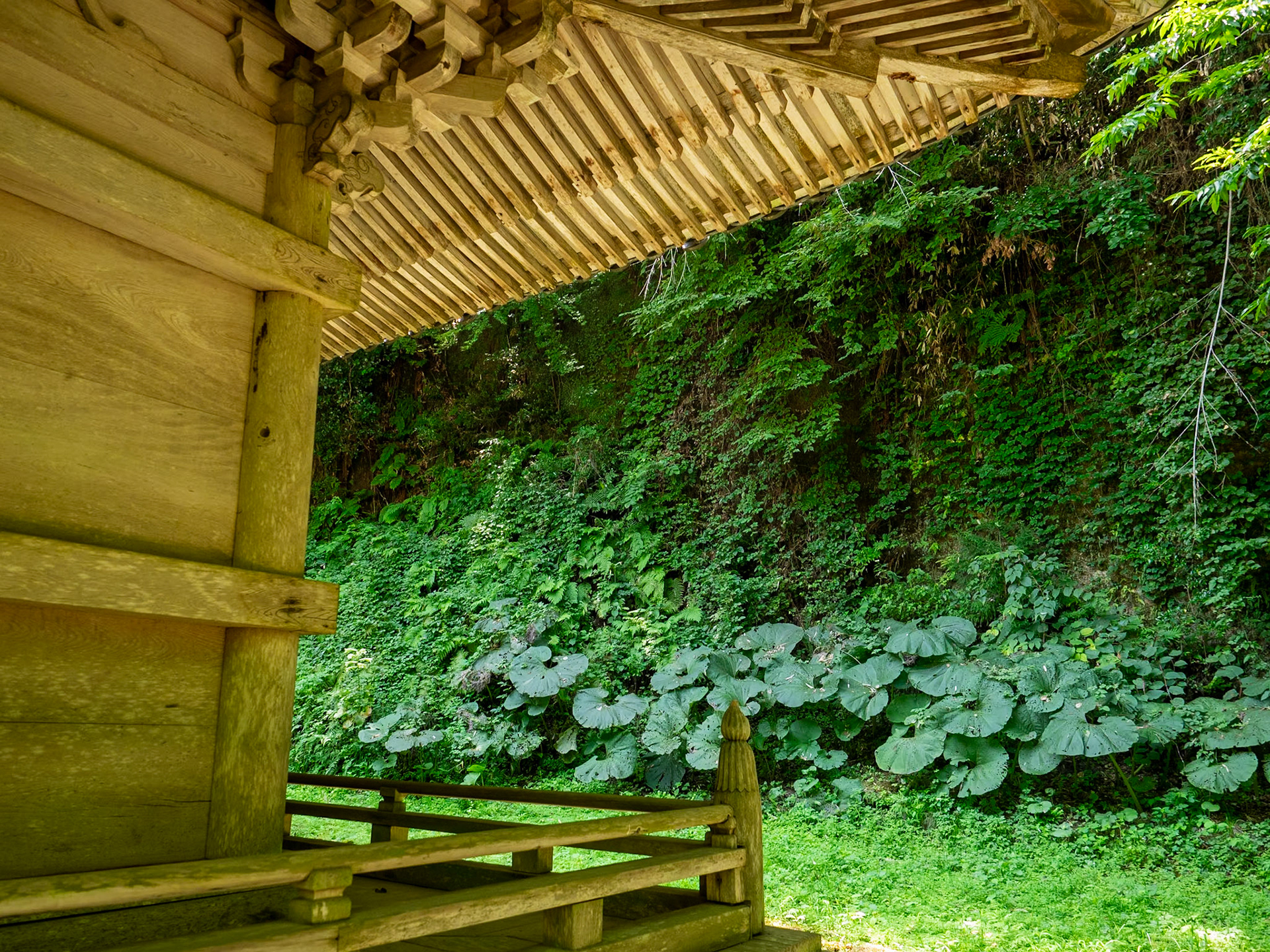
Entsuin Temple, Matsushima

Matsushima Bay
The Central Alps
This area is south of Tohuku proper, stretching north & west from Tokyo across to the west coast near Kanazawa. East to west connections by rail or road are generally pretty good, but traveling north or south between river valleys can be more problematic, or even seasonally impossible given the winter road closures over the high passes.
Nikko
Nikko and the surrounding area is quite well known, often as a rushed day trip from Tokyo.Each days sees a flood of people pour off the cute little local line train at Nikko Station, then rush around trying to see the main sights (which are all some distance from the town centre & station), then by 3.00 pm they're gone, back to Tokyo.
Staying in Nikko, or thereabouts, and hiring a car for a day or two means you can miss much of this, and take in some other sights & scenic places at leisure, while visiting the headline attractions before or after the day trip hordes. It was quite noticeable that a lot of Japanese visitors to Nikko chose that option.
Nikko is most famous fro the mausoleum of Tokugawa Ieyasu, the Toshogu. Possibly the most ornate shrine in Japan.
Almost as interesting & well known is the mausoleum of Iemitsu Tokugawa, his grandson, known as the Taiyun.
A quick look at the largest temple in town, the Rinnoji Temple, a stop for selfies amid the traffic jam by the Shinkyo Bridge, and that's about it for most visitors.
However, I'll put in a bid for some other very worthwhile activities.
The Nikkō Tōshōgū Museum is a modern & well organised spot to get some context. Opposite Rinnoji, the gardens of Shoyo-en are a little marvel, and can be seen on their own ticket.
And out of town, a drive up to Lake Chuzenji, via the 48 hairpin bends of the one way road, is an excellent half or full days excursion. Once you're at Lake Chuzenji, there are the Kegon Falls, with their "only in Japan" elevator down to a viewing platform, or a very pleasant lakeside stroll round the old English & Italian embassy residences. Lake Chuzenji is well known for it's sport fishing, a vestige of this 1920's popularity, and there's a good selection of mounted fish (& a stuffed bear that wandered into town) at the old school fishing restaurant beside the fishing docks. Further along the south shore, a drive up the Chuzenji Skyline road offers great views.
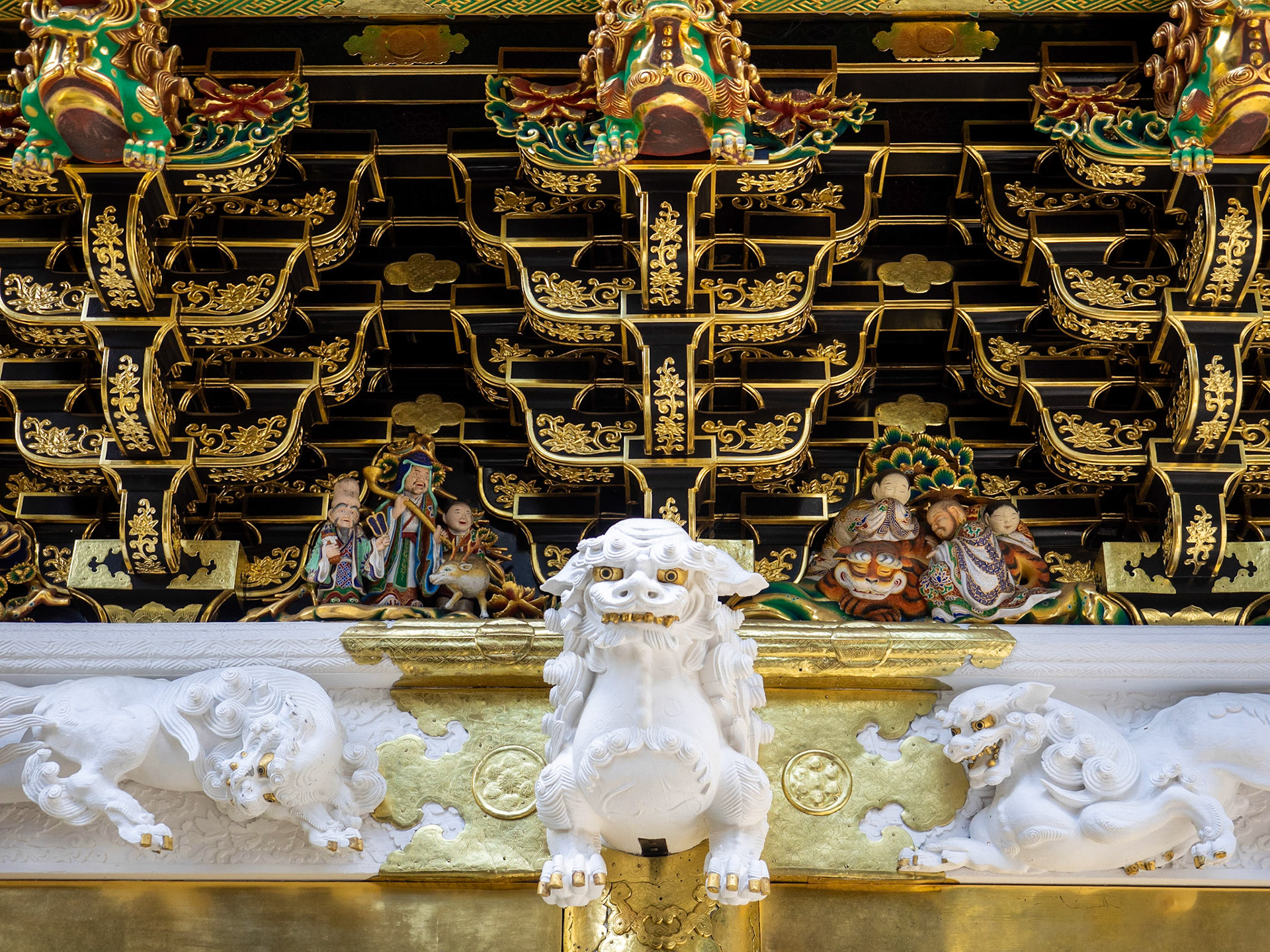
Toshogu, Nikko
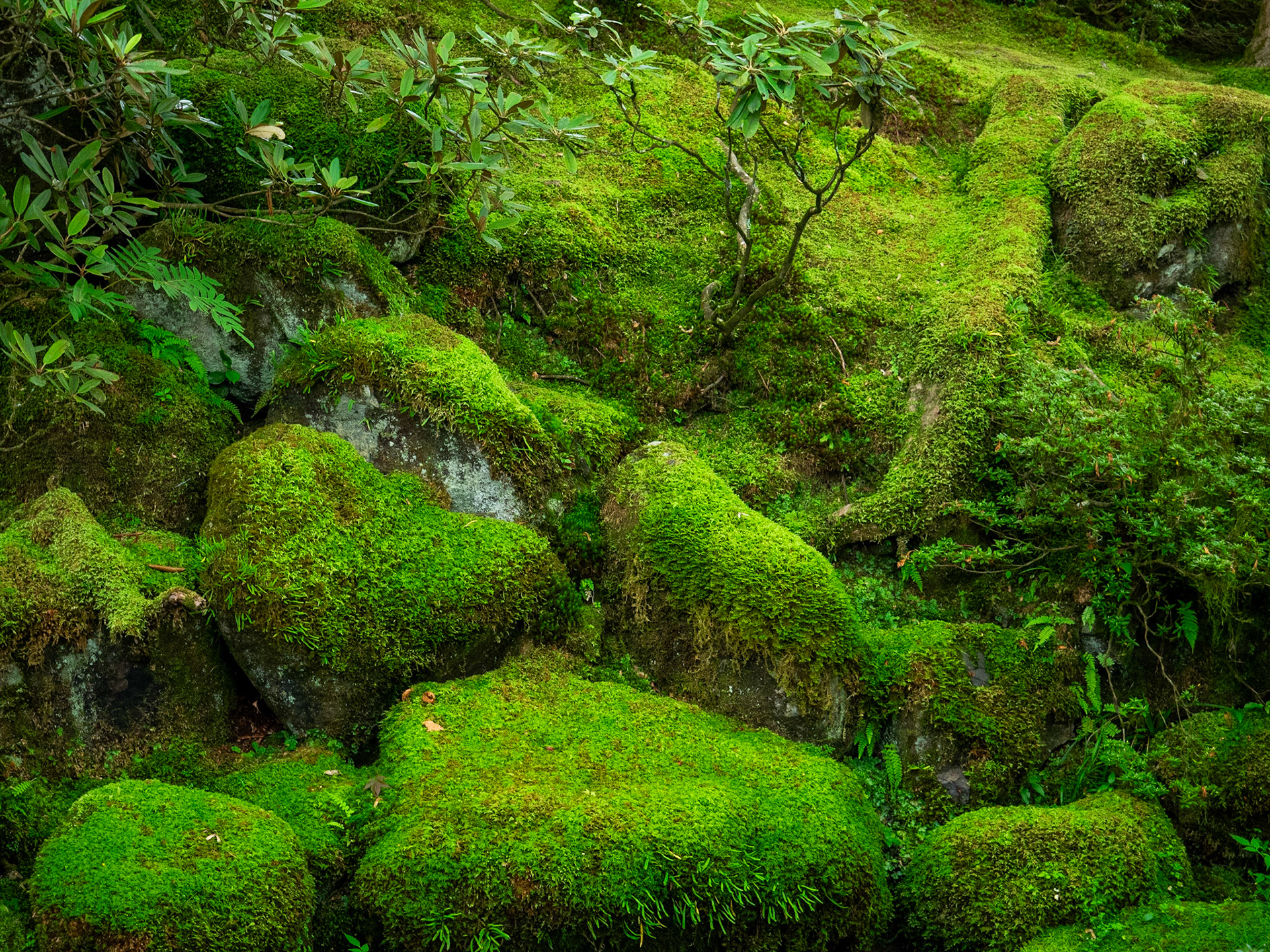
Shoyo-en Garden, Nikko
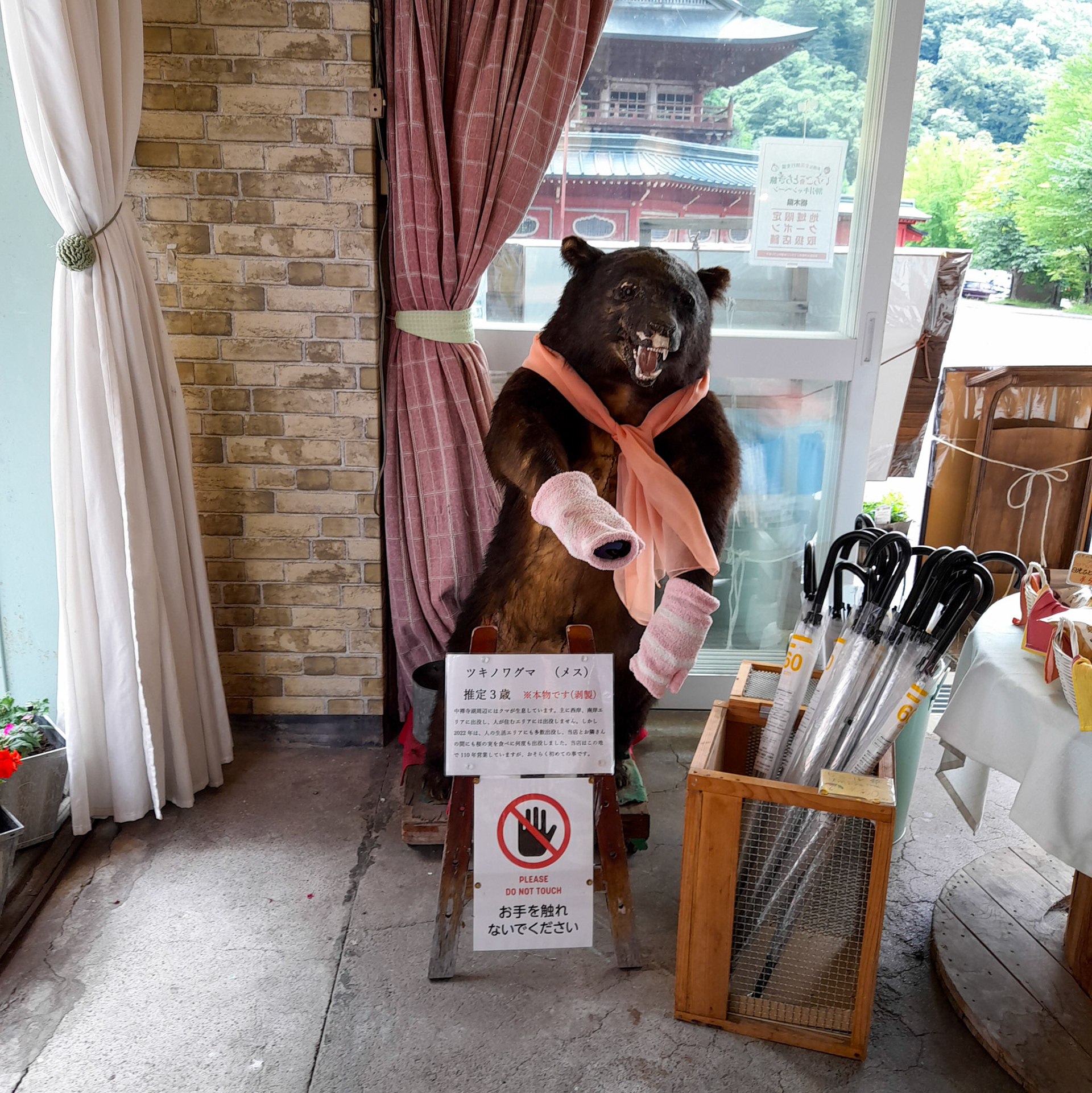
Restaurant, Lake Chuzenji
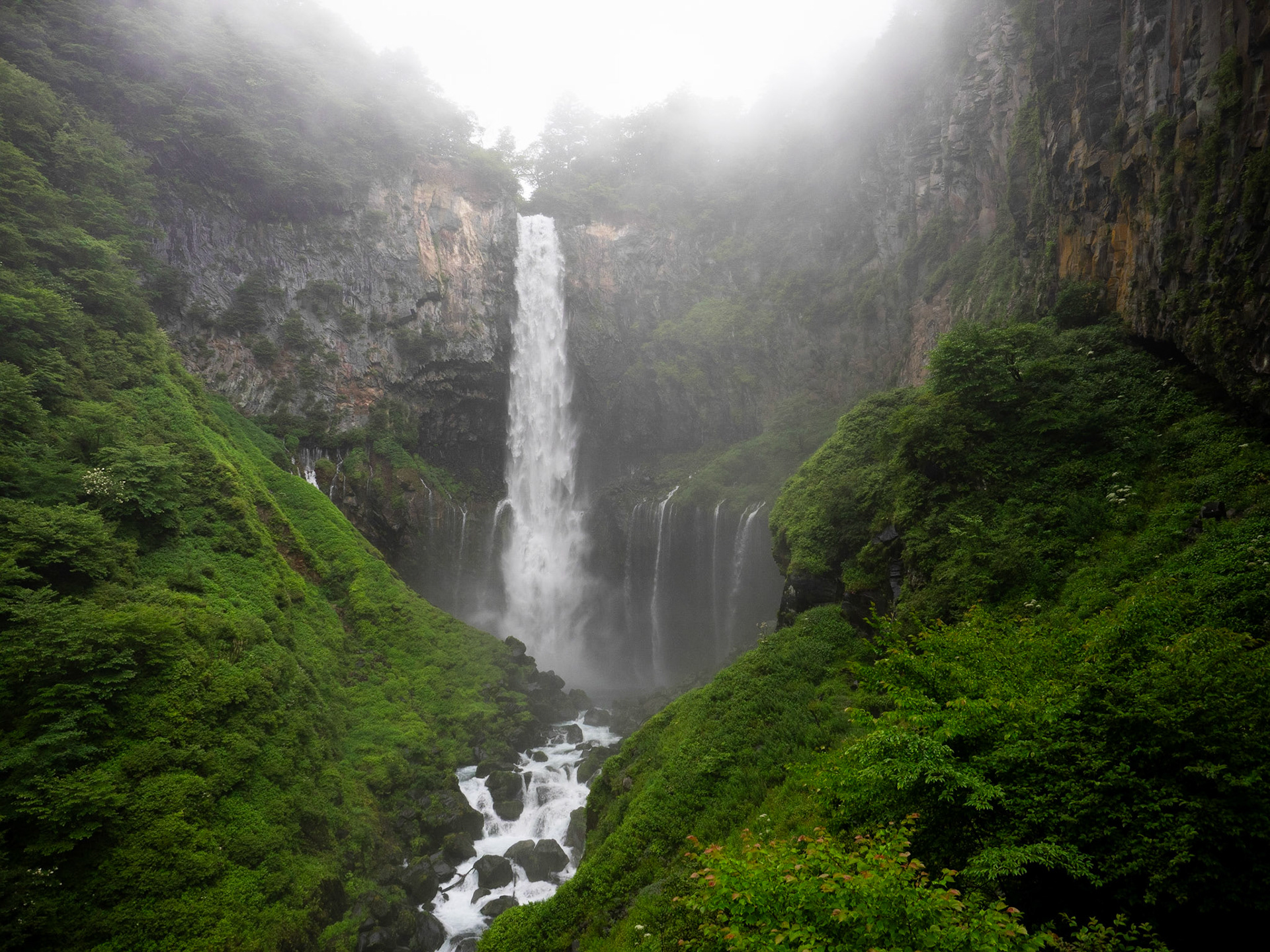
Kegon Falls, Nikko
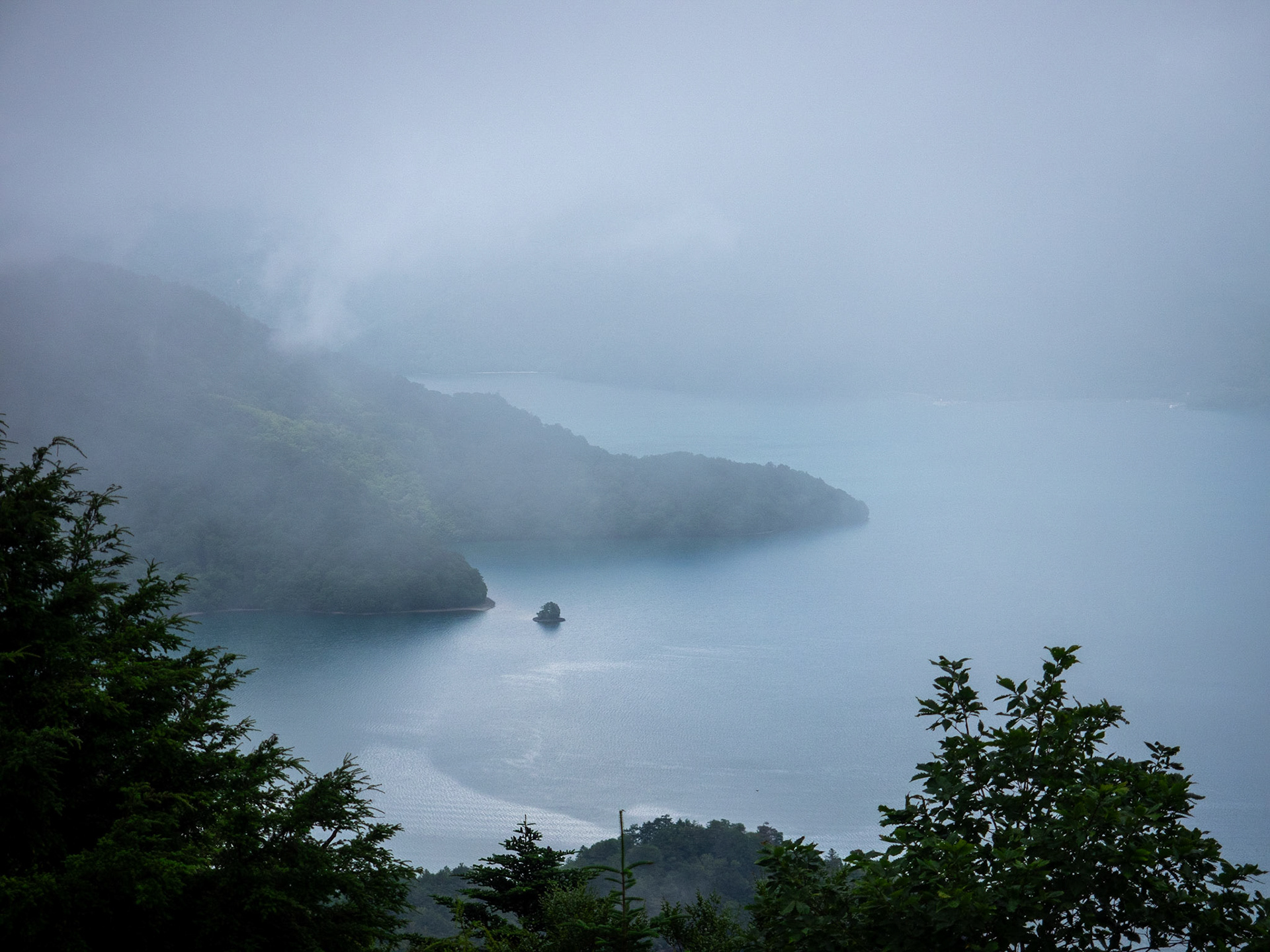
Lake Chuzenji
Karuizawa
Karuizawa is a small, quite spread out town (or agglomeration of towns) two hours by shinkansen from Tokyo, high in the Central Alps.
Famous, and often marketed, as an Alpine summer get away for the wealthy and discrete looking to escape Tokyo summers, it also contains Japan's largest Dirct Factory Outlet Mall, sprawling over multiple hectares directly opposite Karuizawa station.
Add a host of aspirational resort hotels and you've got a fully schizophrenic destination.
It's quite possible to stay in tucked away elegant retreats, either traditional, or as we did, at contemporary Japanese star architect designed hide-aways (Shisi-Iwa House), or plan visits to one of the many art galleries & museums - some excellent, others classic single artist self promotion vehicles - and go for nature walks in the Bird Reserve.
But venture out onto any of the main roads and it's a frenzy of tour buses, Lamborghinis and Porches, delivery trucks, and tourists wobbling all over the road & footpaths as they attempt to ride a bicycle for the first time in 30 years.
So best to just embrace the contradictions.
Some personal highlights.
Architecture buffs should at least check out Shisi-Iwa House, 3 little wooden jewels, even if you're not staying there. They do give tours, available via their website. In addition the set course meal we had there was one of the absolute best we've eaten in Japan. Bonus for the young, switched on staff - a rarity in Japan.
As far as art goes, the Karuizawa New Art Museum is well worth a visit, with rotating themed shows. Other art venues may or may not have something of interest, depending on when you visit.
Nature wise. the official Karuizawa website promotes a lot of possible nature walks, but we found the best and most interesting was Onioshidashi Volcanic Park in Jōshinetsu Highlands National Park. Half an hour's drive north of town, at the foot of volcanically active Mount Asama, this consists of a series of short to medium walks through a 400 year old lava field, overgrown with indigenous and endemic plants. Plant nerds will appreciate the extremely well labelled specimens. Others perhaps the numerous imaginatively named rock formations.
And of course a visit to the Prince Shopping Mall is a must for people watching, even if you've no interest in shopping. Flooded with domestic, Korean, Chinese & Taiwanese bargain hunters, there's a central lake, a dog day care centre, and so much more.
Karuizawa is also an excellent starting point for a spectacular drive via mountain roads to Obuse or Nagano, through Joshin’etsukogen National Park. Given this includes driving over Japan's highest point of National Routes this is not a wintertime option, but extremely recommended as a day's drive.
A final note; greater Karuizawa is not easy to get around by public transport (or bicycle given the surrounding hills / mountains) so plan ahead with a car, or multiple taxi trips, unless you're happy to relax in a single spot.

Onioshidashi Volcanic Park
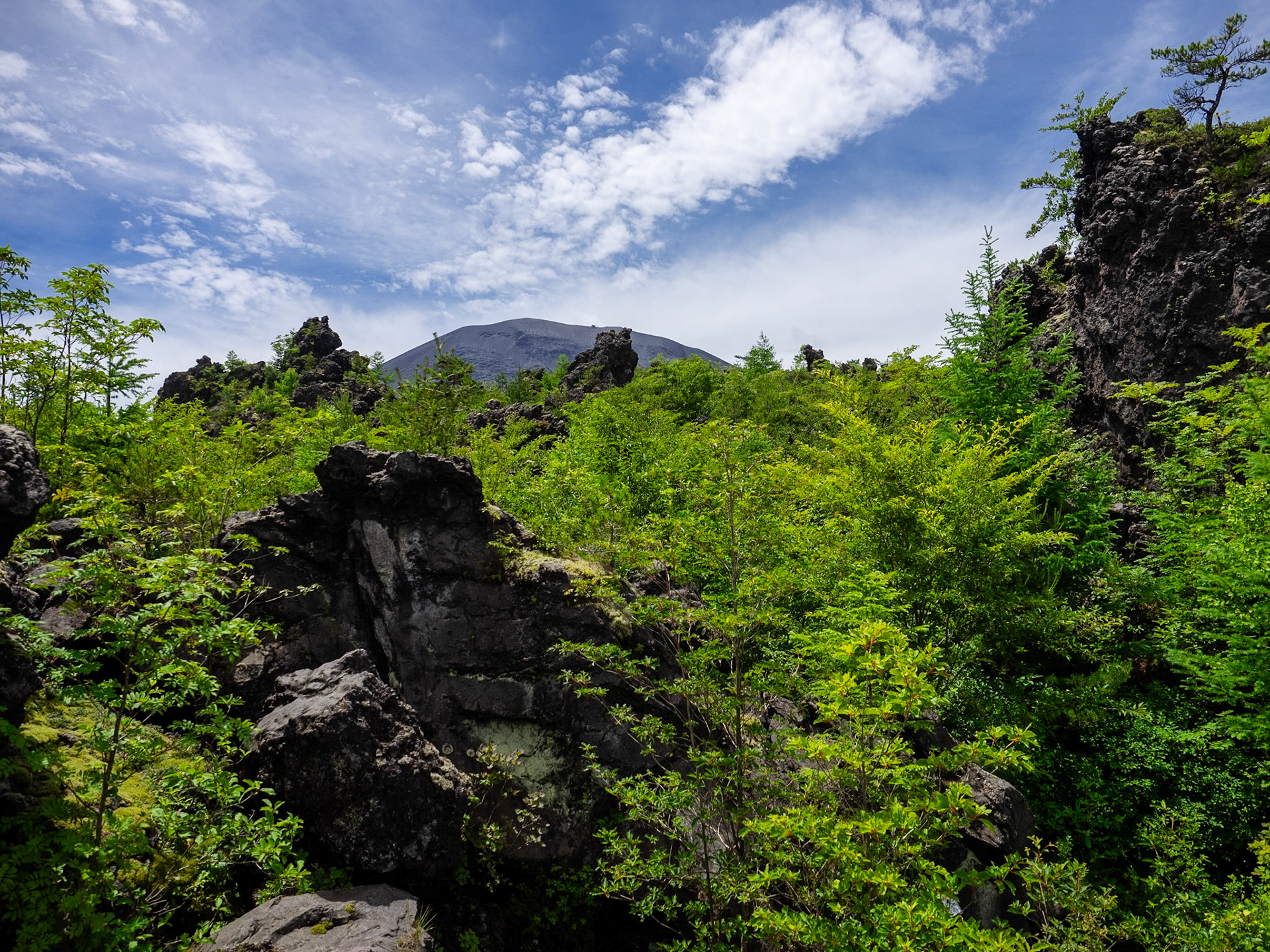
Onioshidashi Volcanic Park
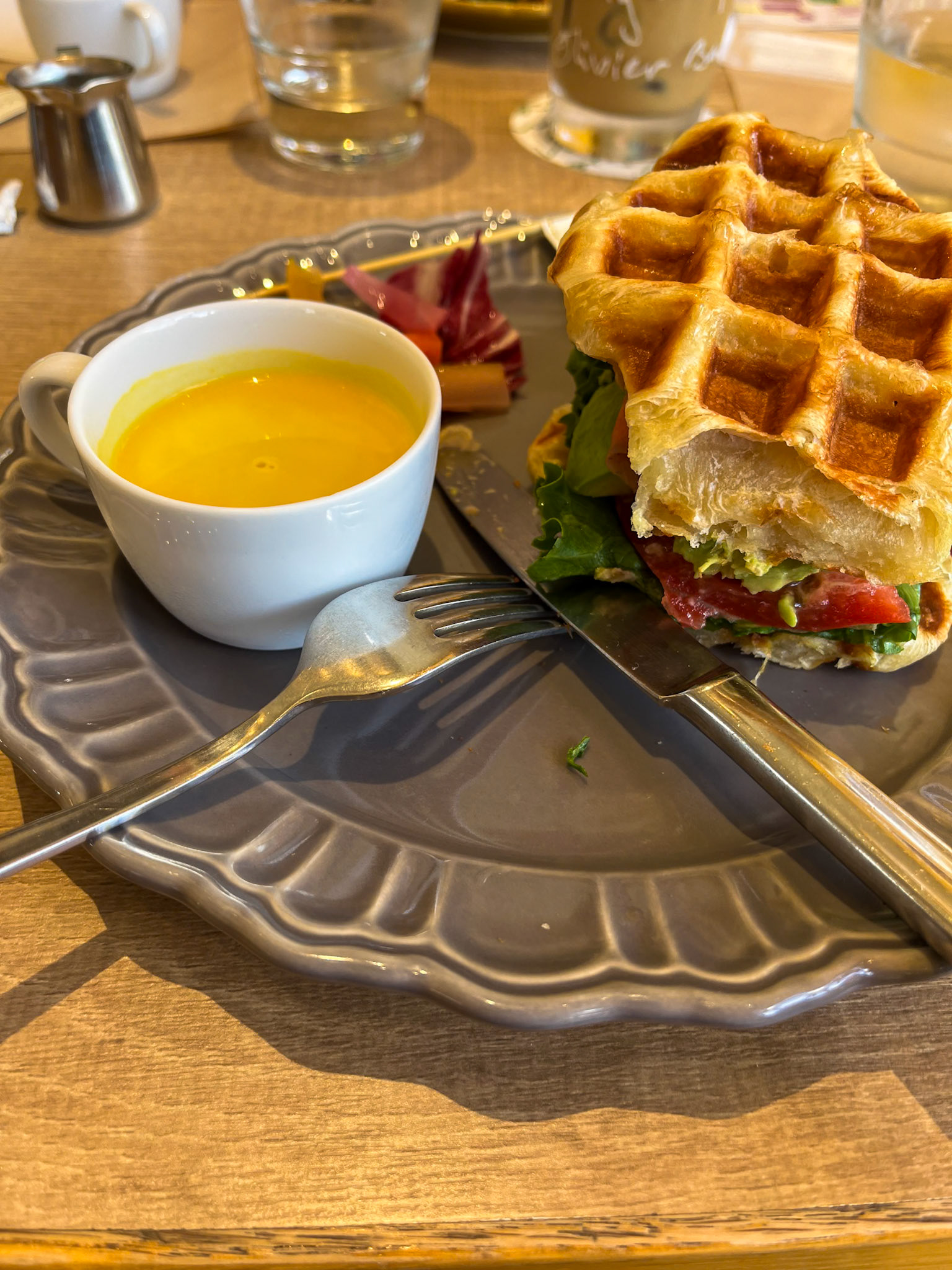
Waffle croissant, Karuizawa Mall

Mt Shirane, between Karuizawa & Nagano
Obuse
Obuse is the first town of any note after travelling west by road through the through the incredibly scenic Joshin’etsukogen National Park. Apart from mountains & active volcanoes, this road offers the chance to use the worlds' highest travelator, ascending Mt Yokoteyama.
Just north of Nagano, there's little of note until you emerge in the picturesquely restored town centre, which, among other things, includes the excellent Hokusai Museum, some very decent small restaurants, and a charming ryokan in a refurbished sake brewery. Well worth a stop for a night or two.
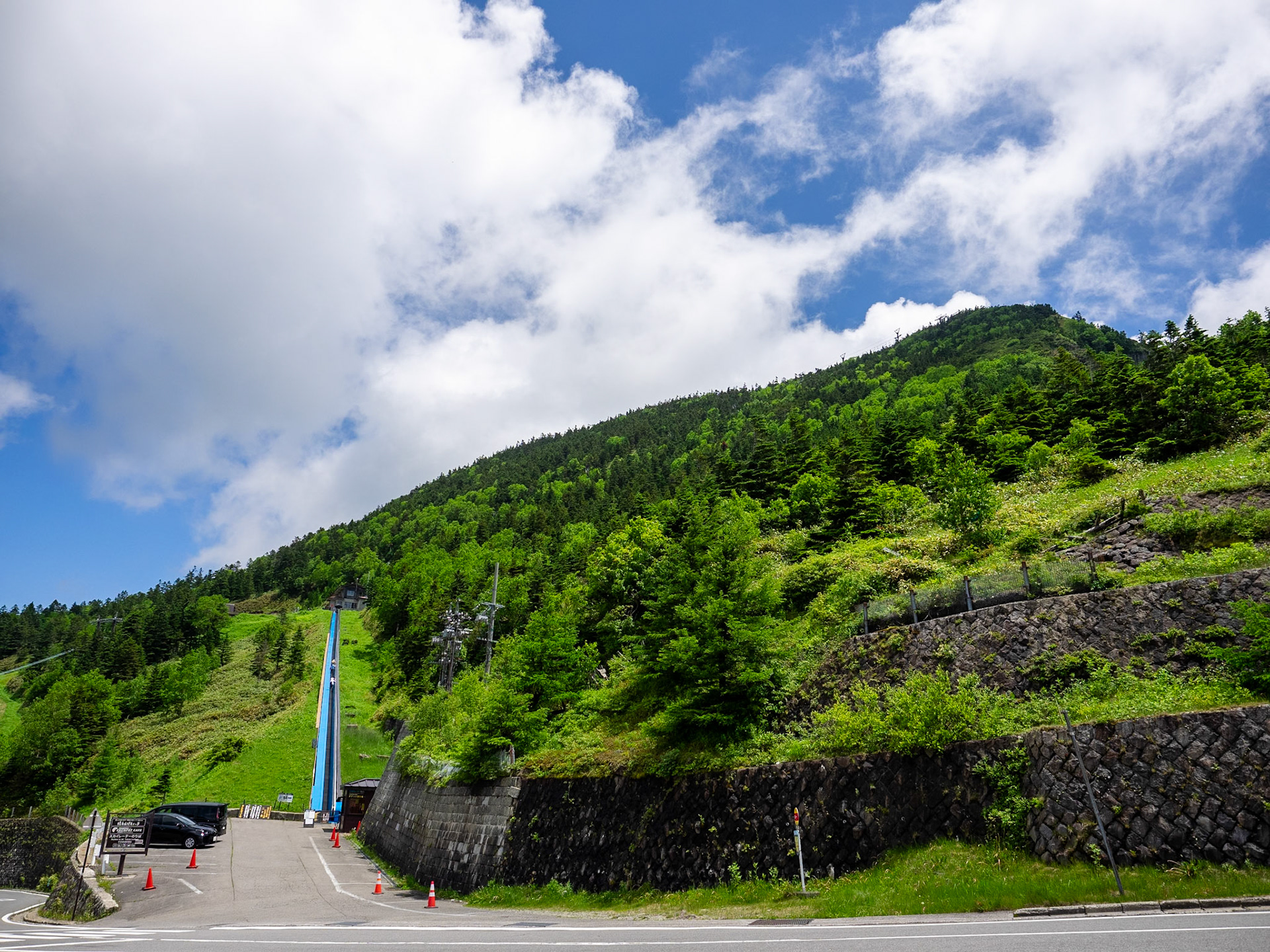
Yokoteyama Skylator
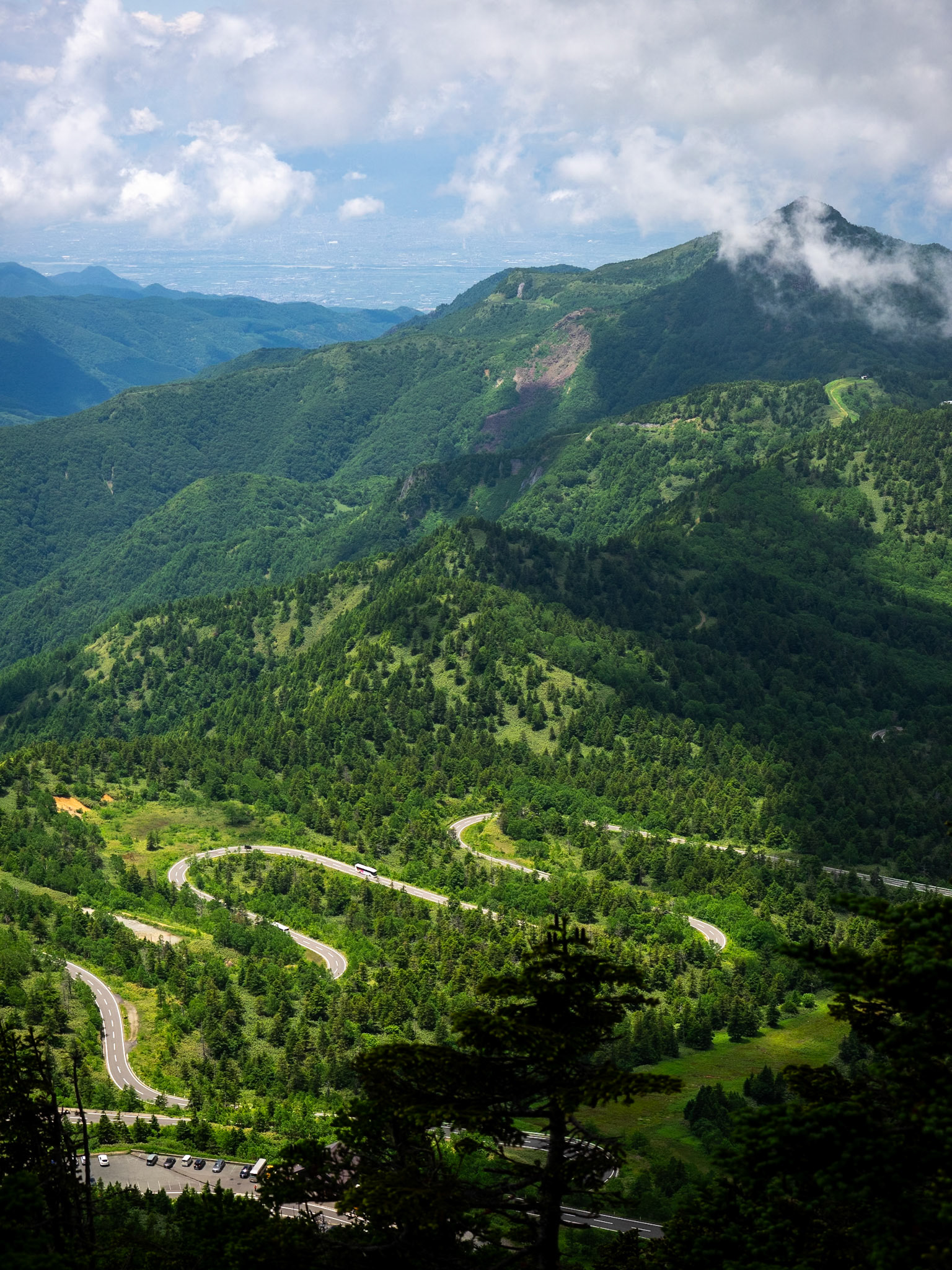
Mt Yokoteyama
Matsumoto
Matsumoto is a medium sized city nestled in a broad river valley surrounded by the Central Alps. Almost due west of Tokyo, and close to Nagano, it's a very popular spot for tourists. Though to be honest I'm not sure why. Founded as a merchant city, and continuing that tradition today, with foreign tourists being one of the commodities traded, it's an easy place to visit, but all a bit meh. That includes the famous castle - there are many better, the accommodation, and the food, which is decent without being outstanding. There are no temples or shrines of note, and the regional art gallery stands or falls on your opinion about the work of home town hero Yayoi Kusama.
If people did want to visit somewhere in the mountains as an alternative to the Tokyo, Kyoto, Hiroshima cookie cutter option, then I'd suggest Nikko, or Takayama, even Karuizawa, as better options. Much less heading north to Tohoku.
Having said that, what is worthwhile in Matsumoto?
Depending on the exhibition, the Japan Ukiyo-e Museum outside of town is the absolute highlight. Relatively small, but then so are Ukiyo-e artworks, it can show the greatest hits, which you may have seen elsewhere. However we were lucky enough to see a superb themed show on "Ghosts & Demons", with some great pieces rarely appearing in either exhibitions or the usual books.
Note you can reach the Museum by local train & walking a kilometre. Buy tickets from the machines at Matsumoto station, and at the station exit gates on return.
Otherwise, in town the quirky private Clock Museum is worth a stop, particularly just before 12.00, for the cacophony of chimes and cuckoos.
There's a traditional Miso Brewery with tours & attached miso restaurant near the City Art gallery that's worth a stop. And in the backstreets nearby hides the residents favourite Shinto shrine, behind the Performing Arts Centre.
The recently renovated Matsumoto City Museum is one of the best explanatory museums we came across in Japan - less piles of objects and much more context.
Around Matsumoto
It's often suggested in various guides that the area around Matsumoto is it's true highlight. Note this is both seasonal, given winter snow & closures, or landslide road closures in the rainy summer, and dependent on your access to transport. Apart from the wildly popular Kamikochi, (beautiful nature plus several thousand tourists) which is accessed via the Alpico company, who monopolise local transport, you basically need a hire car.
That said, what to see depends on your interests. I won't comment on skiing, or hard core multi day trekking & mountain climbing.
The Utsukushigahara Open Air Museum, a sculpture park, lies atop the mountains to the east of Matsumoto as one option. The views are magnificent. The contemporary sculptures however lean very much towards the kitsch, and the Instagrammable. It's the drive to and from that is the real highlight here.
Another good day trip option lies south, around the large man made, Lake Suwa. Here you'll find a pair of ornate and quite special Shinto shrines. Suwa Taisha Kamisha Honmiya is the more extensive, abutting forested hills to the south of the lake. Apart from some magnificent structures, it's notable for the heated onsen water used in the ritual cleaning basins. The second major shrine, the Suwa Taisha Shimosha Akimiya, lies to the north, on the other side of the lake.
Finally the other recommended Matsumoto option is to get there or away by taking the Wide View trains from Nagoya. Far more scenic than the shinkansen, it's worth juggling your itinerary, or catching connecting trains to do this.
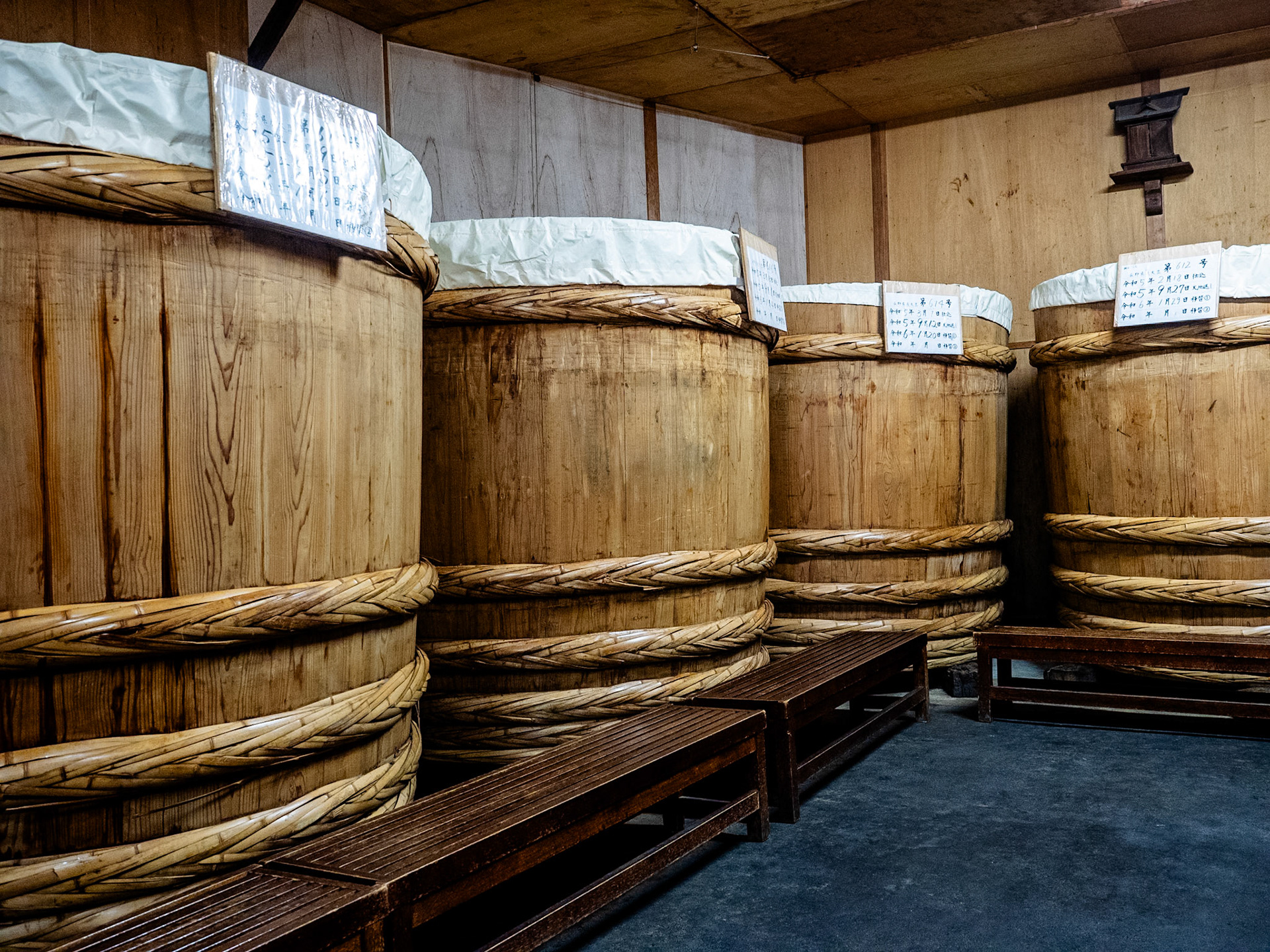
Miso Brewery, Matsumoto
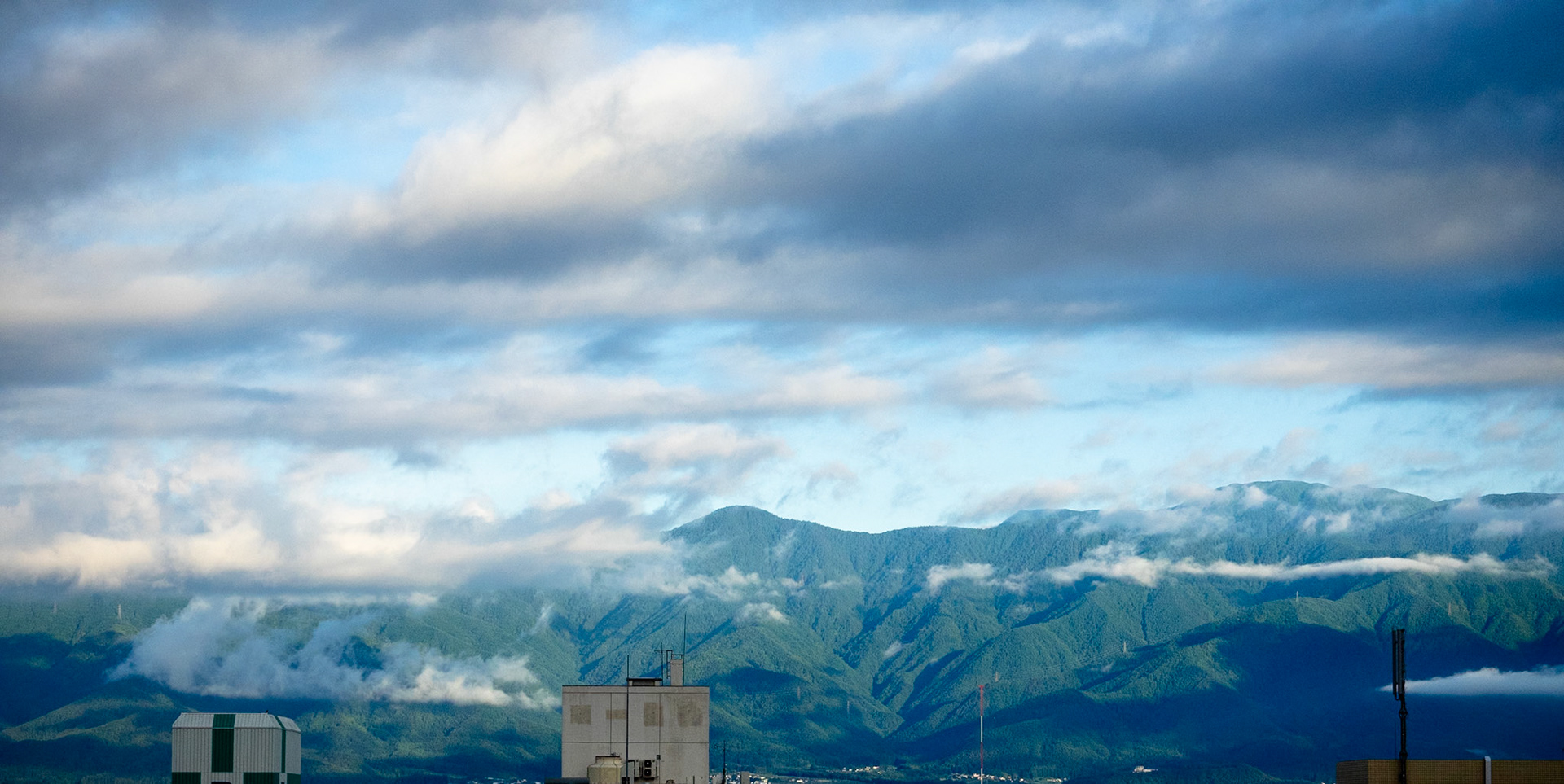
Japan Alps from Matsumoto
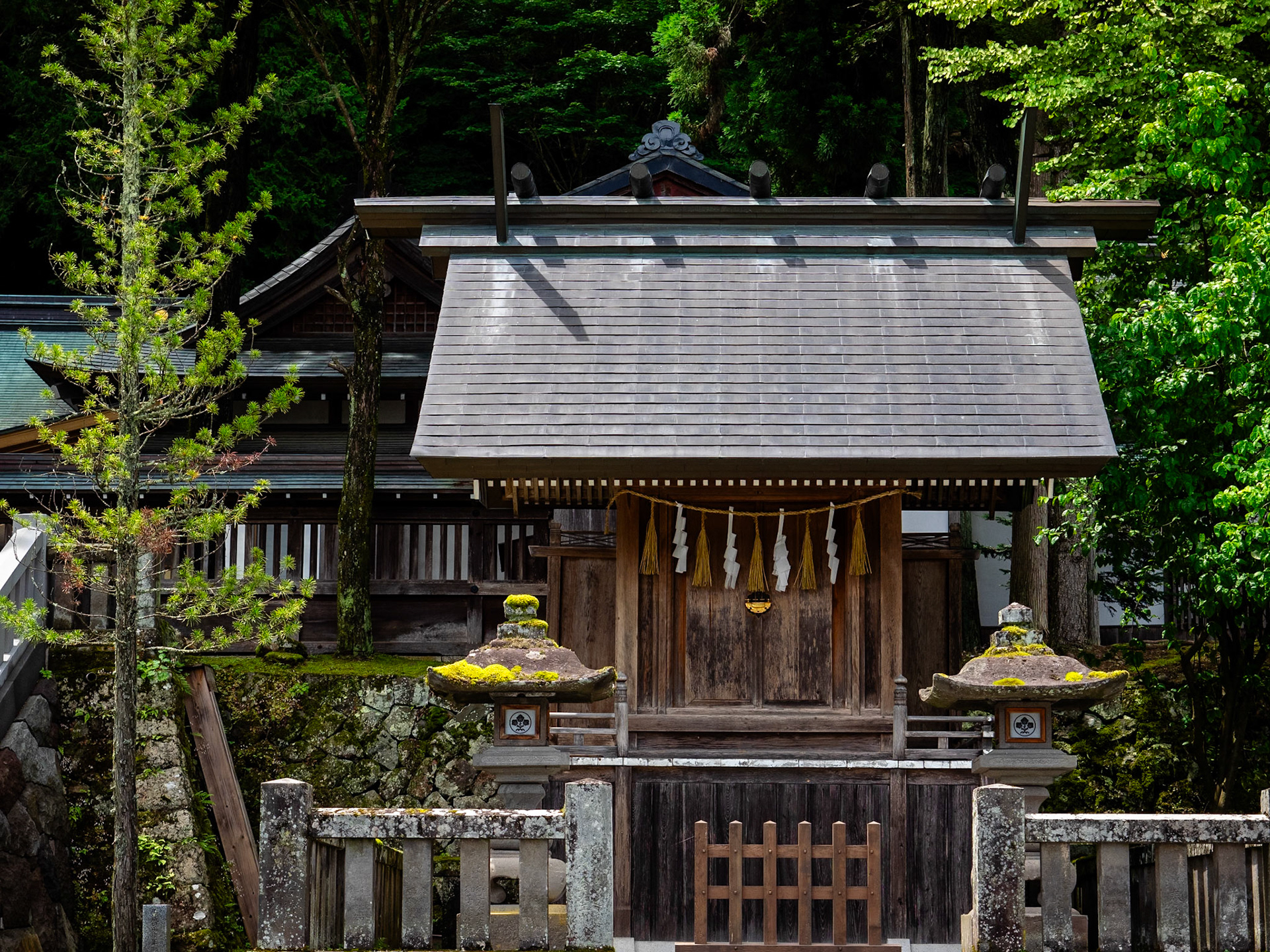
Suwa Taisha Kamisha Honmiya
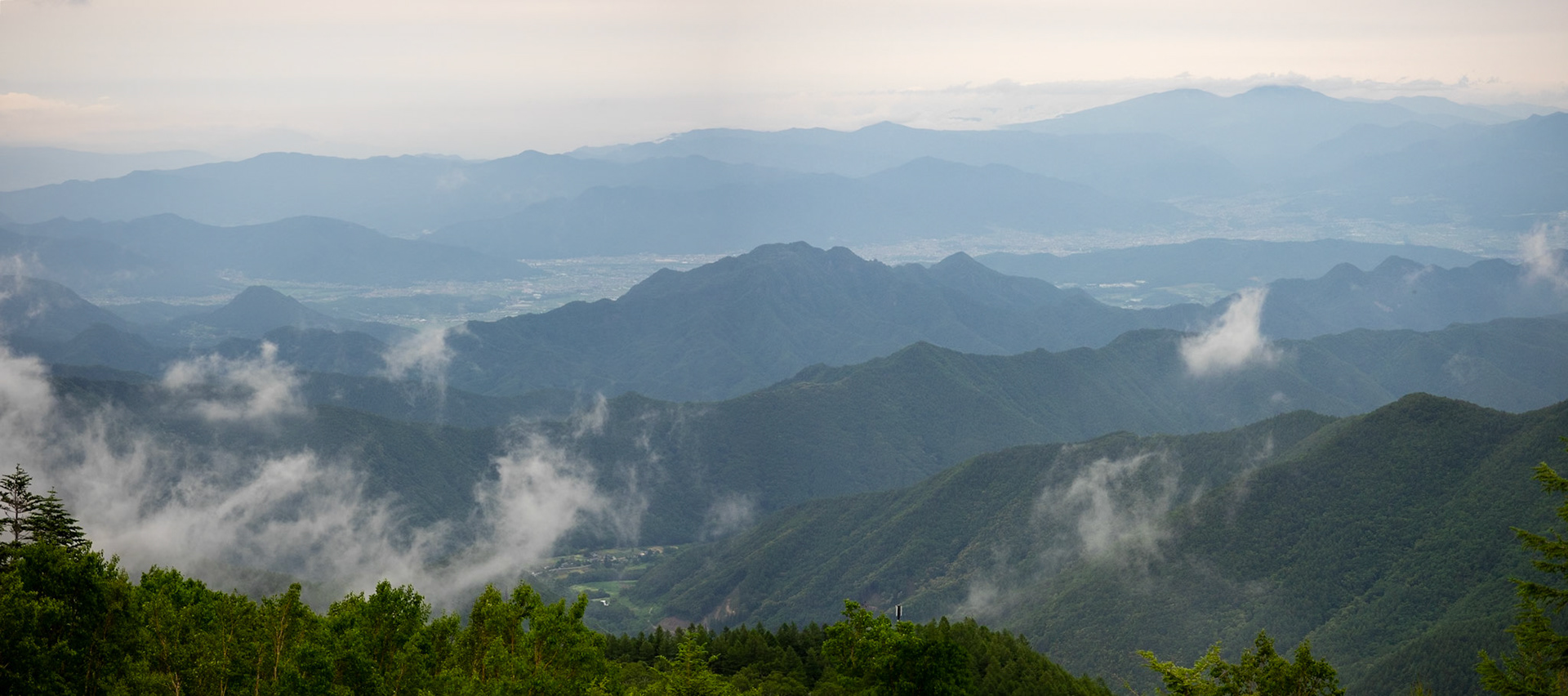
Japan Alps
Niigata to Akita, the West Coast
This area of Japan runs from the Western side of the Japanese Alps past Nagano northwards through Niigata Prefecture, Yamagata Prefecture where it borders the Sea of Japan, and on the the expanse of Akita Prefecture, the subject of many a "hick" joke among the urbanites of Tokyo & Osaka.
Oddly enough, though famous for it's depth of winter snow, and mountain onsen, this area was and is Japan's rice bowl, creating historical wealth, and today's endless expanse of green during summer.
Very much off the mainstream foreign tourist map it's a richly rewarding area to visit. Though it really does need the use of a car, whether to tour, or, as the domestic tourists do, arrive at a regional centre by train then choose your nearby day trip adventures.
Niigata & Surrounds
To be honest Niigata, the largest city on the north west coast of Honshu, doesn't have a lot going for it in terms of tourist sights.
However the area around Niigata is a hidden treasure trove.
Firstly half way between Nagano & Niigata, where the Alps start to descend to the coastal plains, are at least a dozen art related sites & museums associated with the Echigo-Tsumari Art Field. Although these are at their most vibrant during the Trienniale, most recently in autumn 2024, most are open more or less semi permanently, winter snows excepted. The downside is that these locations are very scattered, and deliberately off the main travel routes. Which makes sense given that one of the aims if the Echigo-Tsumari art project is to breathe life back into a fading rural area.
Unfortunately I can't give a run down on as many of these venues & installations as I'd like; when we first visited the region we were without a car, and the second time most venues were temporarily closed in preparation for the 2024 Triennale. So the lesson is, outside the Triennale itself when bus tours are provided. have your own car, and check timings on the Echigo-Tsumari website & individual museums.
I can recommend the Hachi & Seizo Tashima Museum of Picture Book Art, a collection of sculptures & installations in an abandoned school.
A side note, if you really want to explore these art options, without the travel time from Nagono or Niigata, is a tucked away ryokan called Ryugon, a collection of salvaged & restored Tohoku buildings repurposed as a very hospitable place to stay, slap bag in the middle of this region.
Another worthwhile stop between Nagona & Niigata is Saifuku-ji Temple. This Buddhist temple is renowned for it's exuberant wood carving.
Further north, and close to the coast is the triple treat of Yahiko Shrine, and the revolving Yahikoyama Panorama Tower, accessible by ropeway from near the shrine.
Finally, and quite close to Niigata city is the Shirone Kite Museum. I must admit I didn't hold high hopes for this attraction but boy was I wrong! The building has a huge collection of not only Regional kites, but kites from all over Japan, arranged by region, covering historical & more contemporary forms, with associated decorations to match. There's also some fascinating historical stuff & photos.
As for Niigata City itself.
The food, especially the seafood is fabulous. Many eating options are centred around and in the train station, where most hotels are. Outside this area, the old downtown & commercial districts seem to be slowly dying.
The Niigata City Art Museum may have a good temporary exhibition - we were lucky - there was a stunner of a retrospective of the work of Akika Endo when we visited. There are a few low key sights - historical houses, a manga museum etc etc - easily accessible by the City Loop bus, which is easy to use. A sake brewery in town offers free tours, but there's not lot to see there unless it's brewing season over winter. So a worthwhile eating & sleeping base, best used a transport hub.
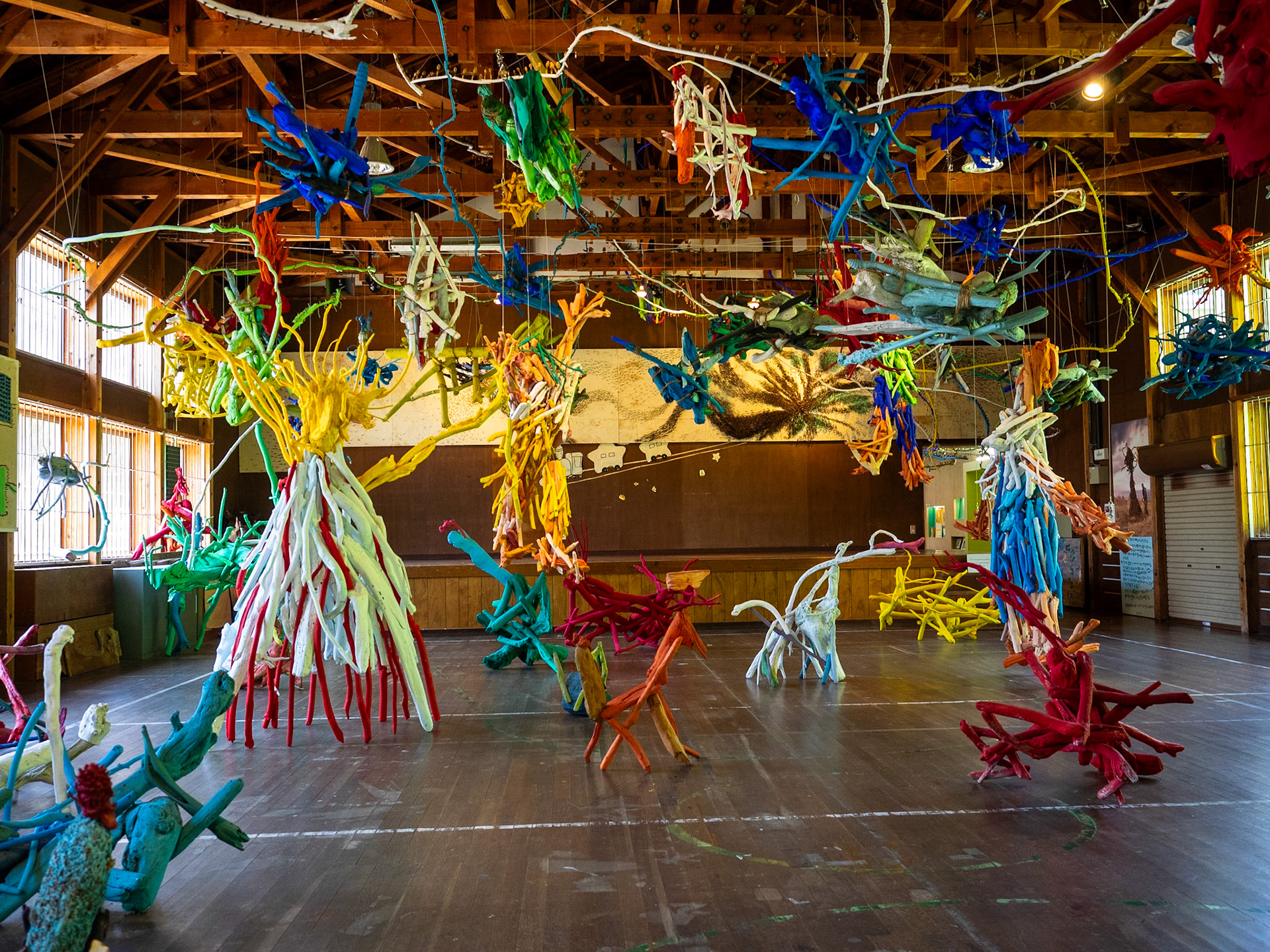
Museum of Picture Book Art
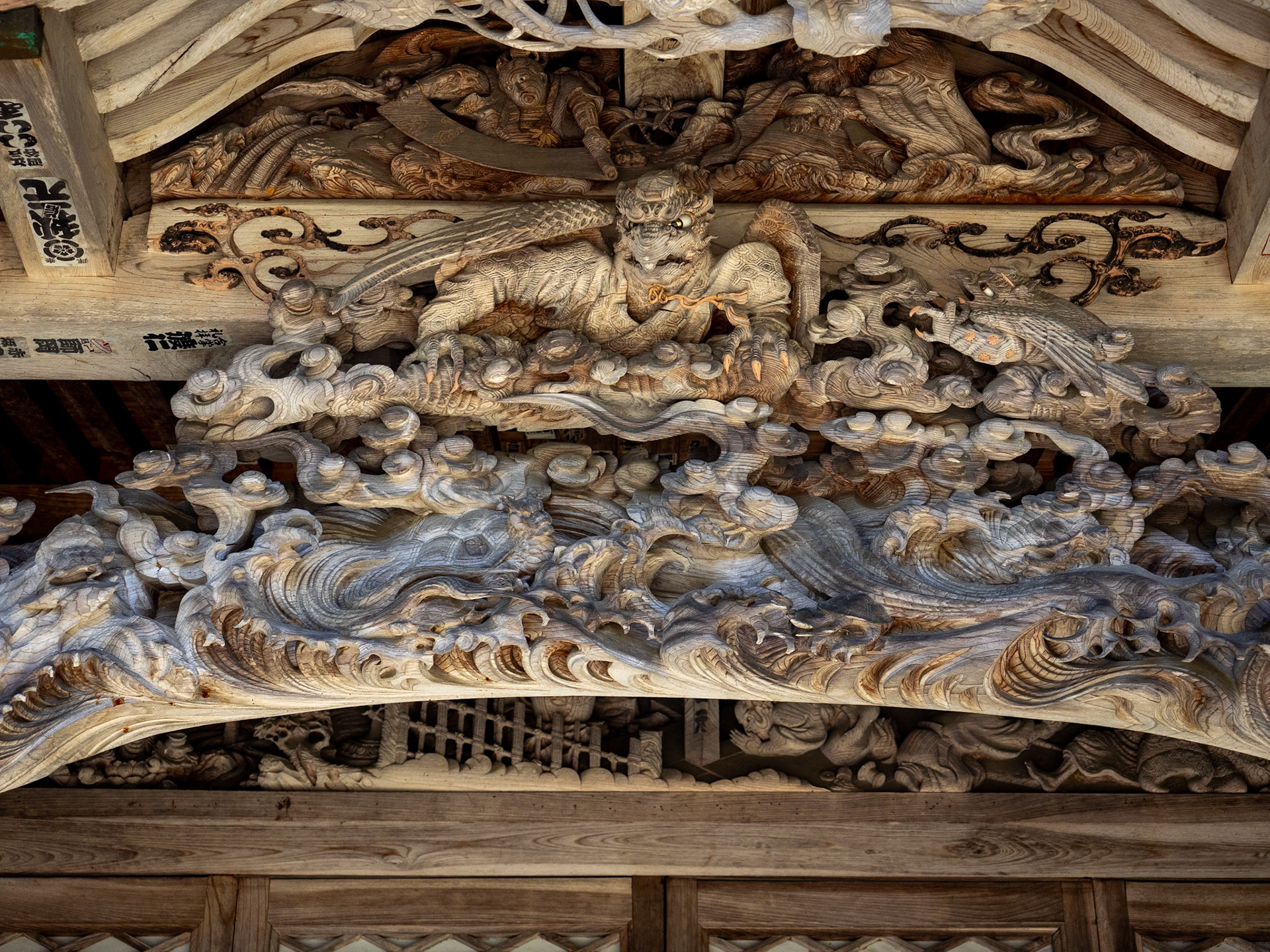
Saifuku-ji Temple
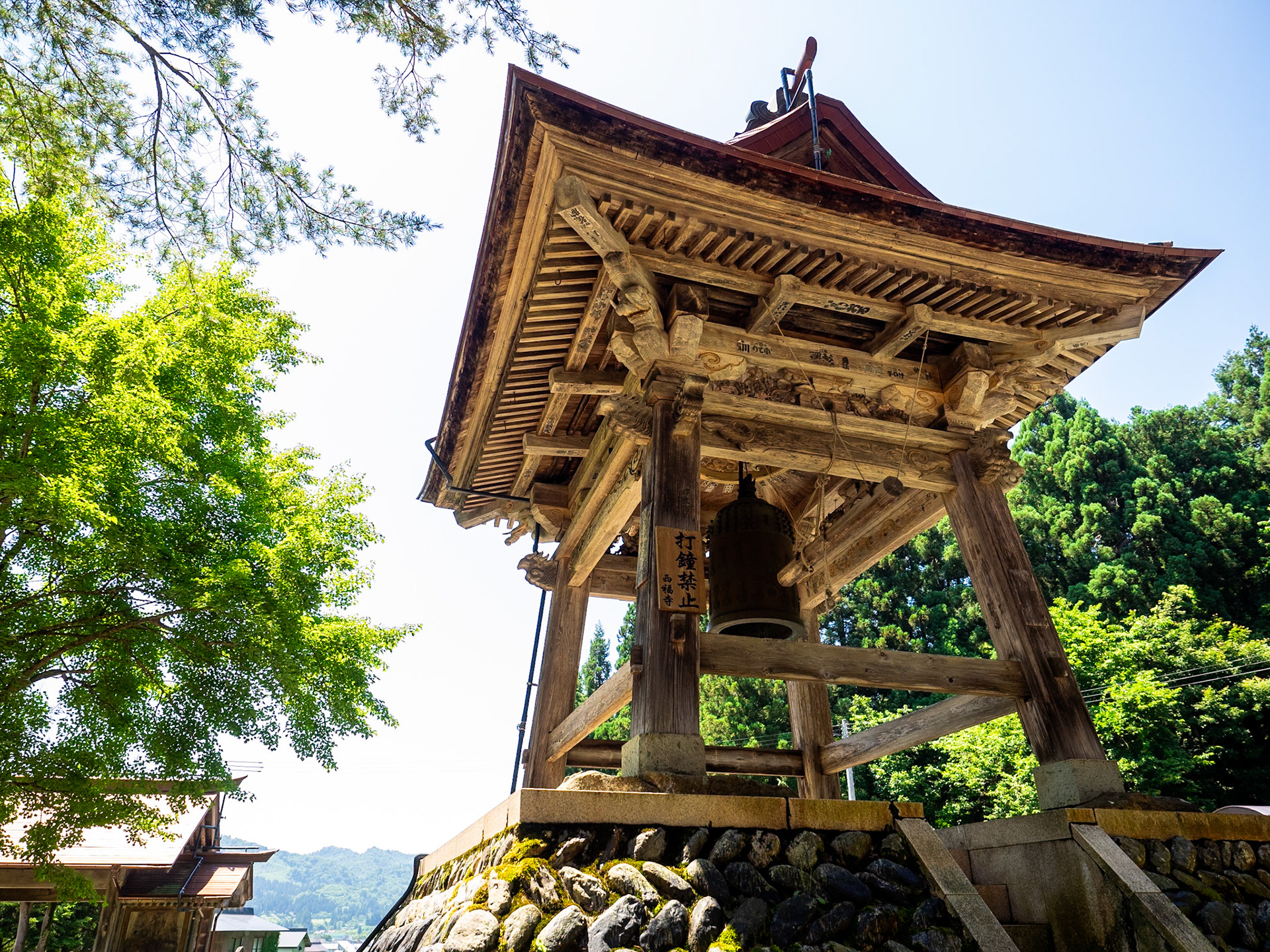
Saifuku-ji Temple
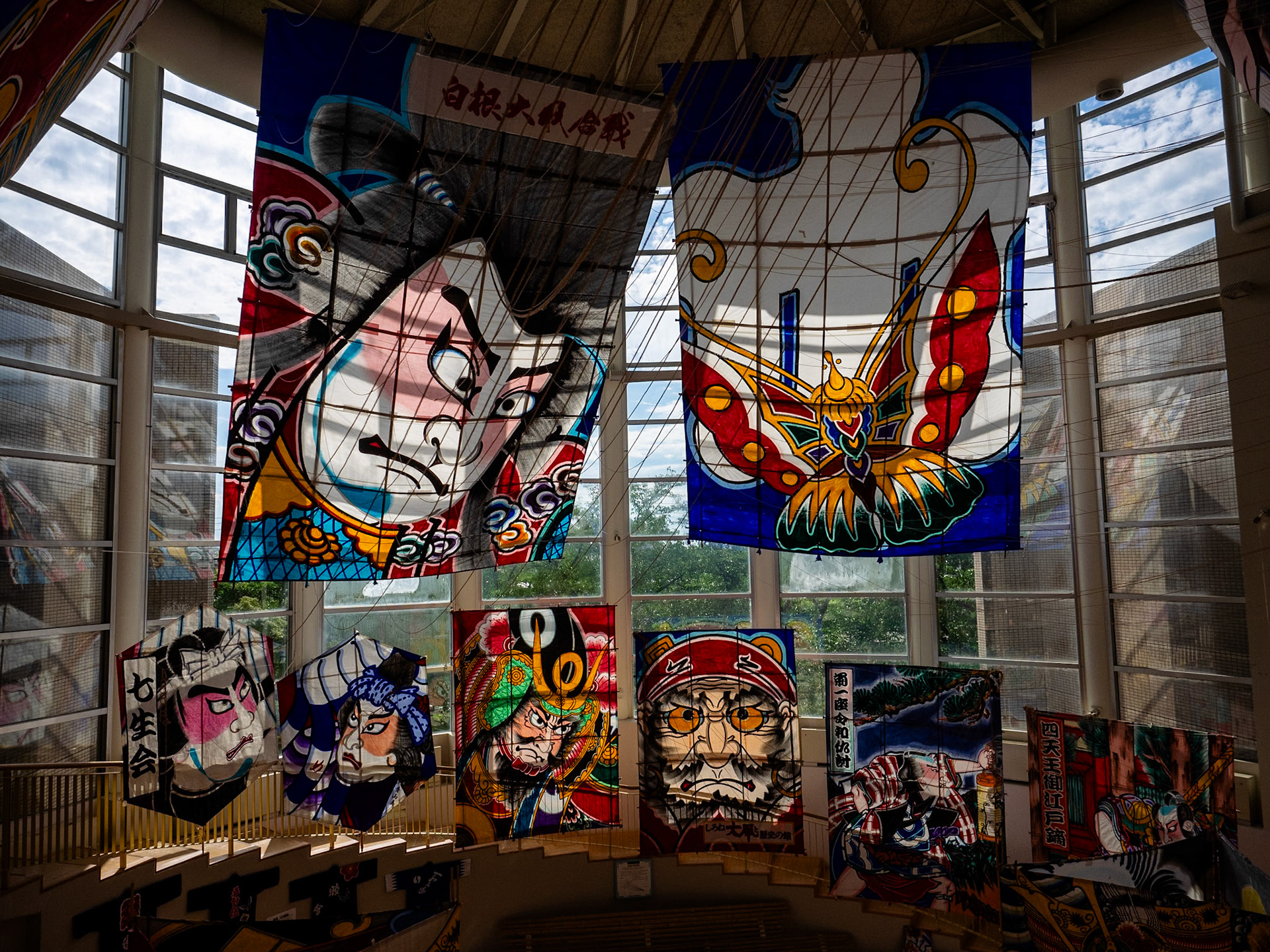
Shirone Kite Museum
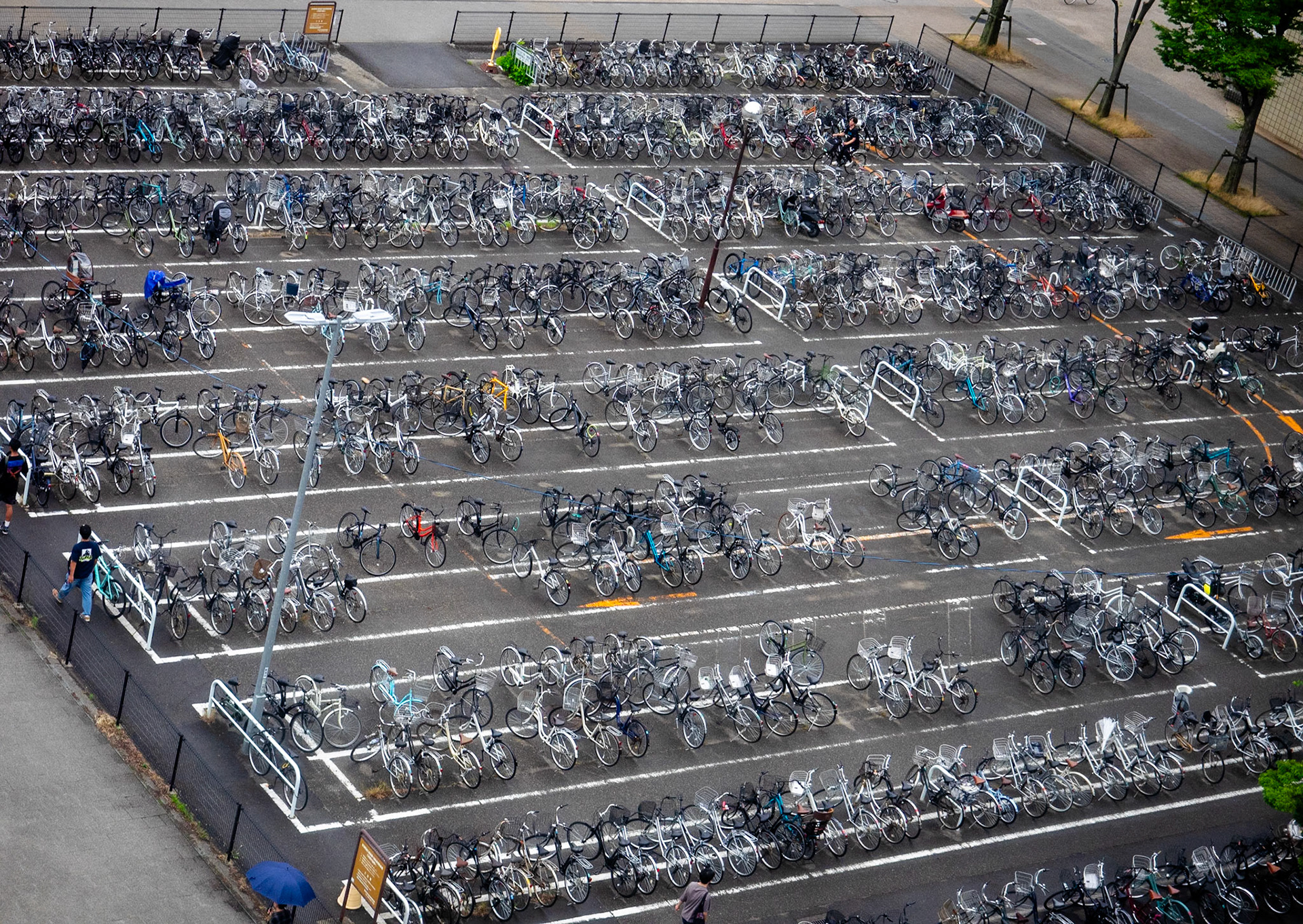
Niigata Station
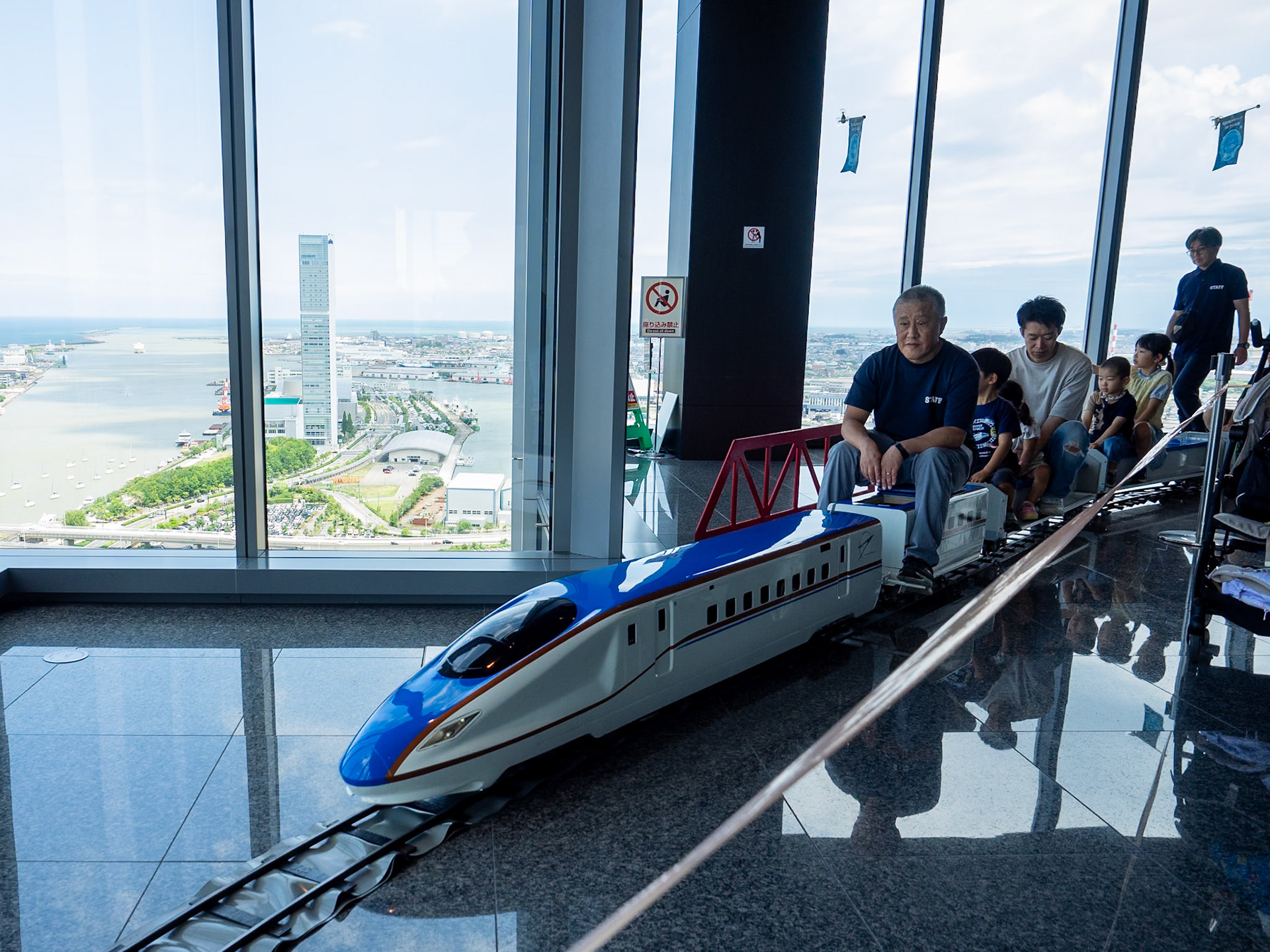
Observation Deck, Niigata
Sakata & Surrounds
There are a number of points of interest travelling north of Niigata to Sakata, and surrounds. Though my strongest recommendation would be to take the coast road as far as possible. This is a wonderfully scenic route, past strange rock formations, multiple little fishing coves & villages, and coastal onsen resort towns full of faded multi story hotels from the 1980's. It is possible to catch local trains along here, including one JR East Joyful train, but you lose the flexibility of stopping for closer looks.
Shimizuen Garden, Shibata
Half an hour north of Niigata, this is a relatively small & little visited gem of a traditional garden. 350 years old and very sympathetically refurbished in the late 20th century, it's indicative of the rice trade based wealth that once prevailed in this neck of the woods, and a beautiful transplant of Kyoto aesthetics.
Murukami is a quirky small town with several temples, and a strong tradition of salmon fishing. From here to Sakata the coast road literally hugs the shoreline.
Sakata
Sakata is a small city (or a large town, depending on your perspective, with a somewhat faded atmosphere, several points of interest, none spectacular but together a very worthwhile experience. It's also a good base for visiting Dewa Sanzan. The downside is decent accommodation is scarce - even the business hotels specialise in rooms that are tiny by Japanese standards - and are often distant from sights or the more bustling eating area. Note Sakata is actually somewhat hilly too.
Anyway, in Sakata city itself, the Homma Museum has a pleasant small traditional garden and a friendly teahouse in a traditional building. Sakata has a surprising number of temples and Shinto shrines. many tucked away in side streets, which reward strolling around. Probably the pick is Kaikoji Temple, as it contains the bodies of two former shugendo abbots who undertook self mummification, or Sokushinbutsu. Viewing them is accompanied by a short lecture. On the outskirts of the city is the Ken Domon Museum of Photography, dedicated to his work, and another in the long line of modernist architectural statements Japanese museums & galleries specialise in. Exhibitions rotate. and some periods of Domon's long career are more interesting than others, so perhaps check the website unless you're a photography nerd. Note it's not well signposted either, even in Japanese. and can be tricky to actually find, much less discover the entrance door - sometimes minimalism goes too far.
Dewa Sanzan
Dewa Sanzan is the collective name for three sacred mountain shrines, an hour to an hour & a half's drive south east of Sakata. The mountains are Haguro-san, representing birth, and the only one accessible year round, Gas-san representing death, and Yudono-san, representing rebirth, and which visitors are forbidden to talk about. Home to the Shugendo sect, a mix of Buddhist and Shinto practices, and whose hard core members practice mountain ascetism, for example refusing to eat grains & subsisting on forest foods only, Dewa Sanzan is certainly one of the more remarkable, and mystical religous sites in Japan.
Despite it's remoteness Dewa Sanzan attracts a steady stream of pilgrims in summer, and what you do depends largely on your interests, your fitness levels, and the weather. You can attempt a full walking pilgrimage across the three peaks, do some multi day mountain trekking, even, these days, attend high end shugendo wellness retreats. Or just drive to the mountain top to visit Haguro-san, as we did given the pouring rain that day. Note that even driving or catching a bus to Gas-san or Yudono-san will involve several kilometres of walking. Also note the famous Hagurosan Gojunoto (Five Story Pagoda) at the foot of the trail leading to Haguro=san is undergoing extensive renovation as of 2024.
Any way you choose an absolute highlight of northern Japan.

Shimizuen Garden
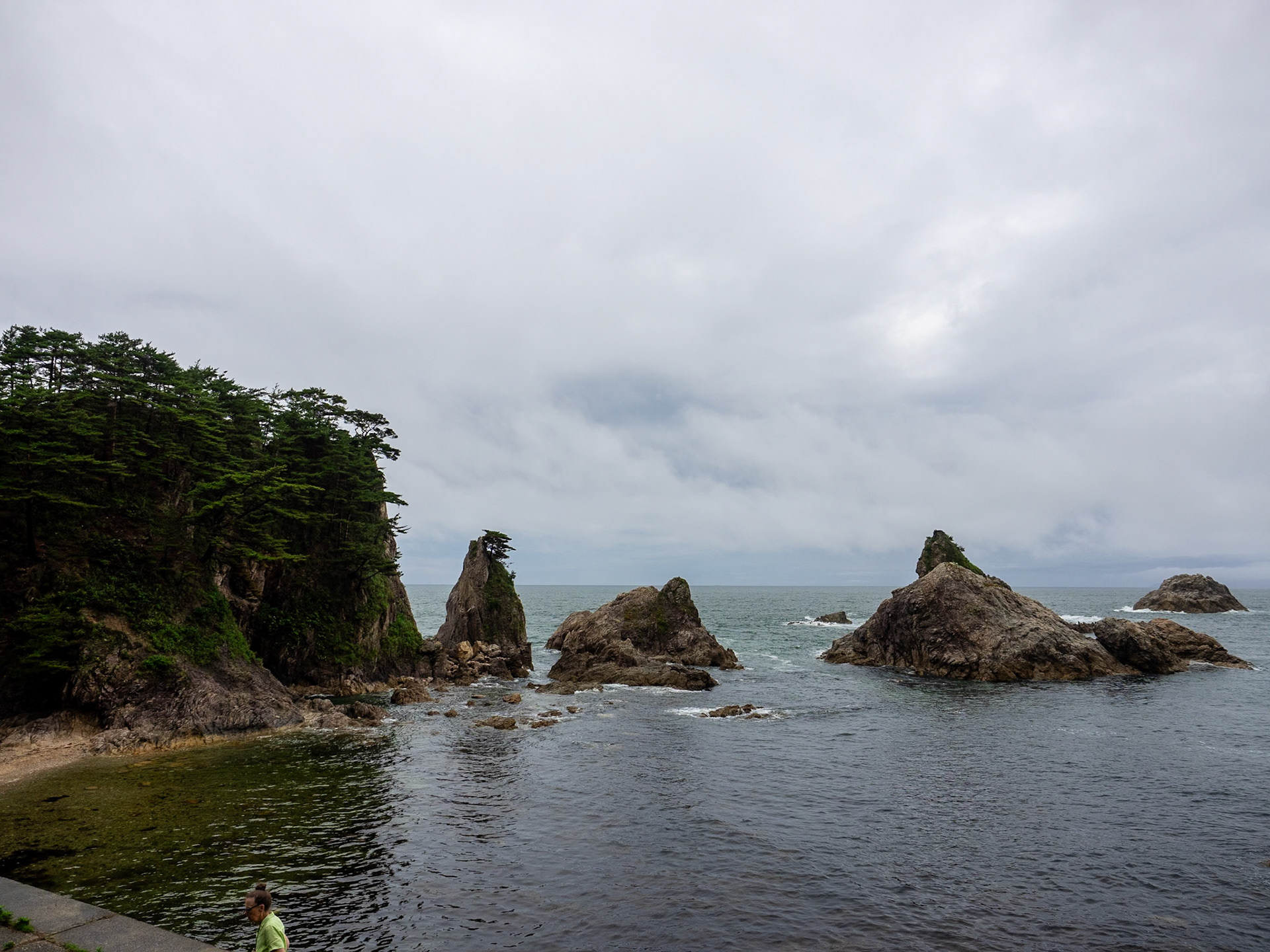
Between Niigata & Sakata
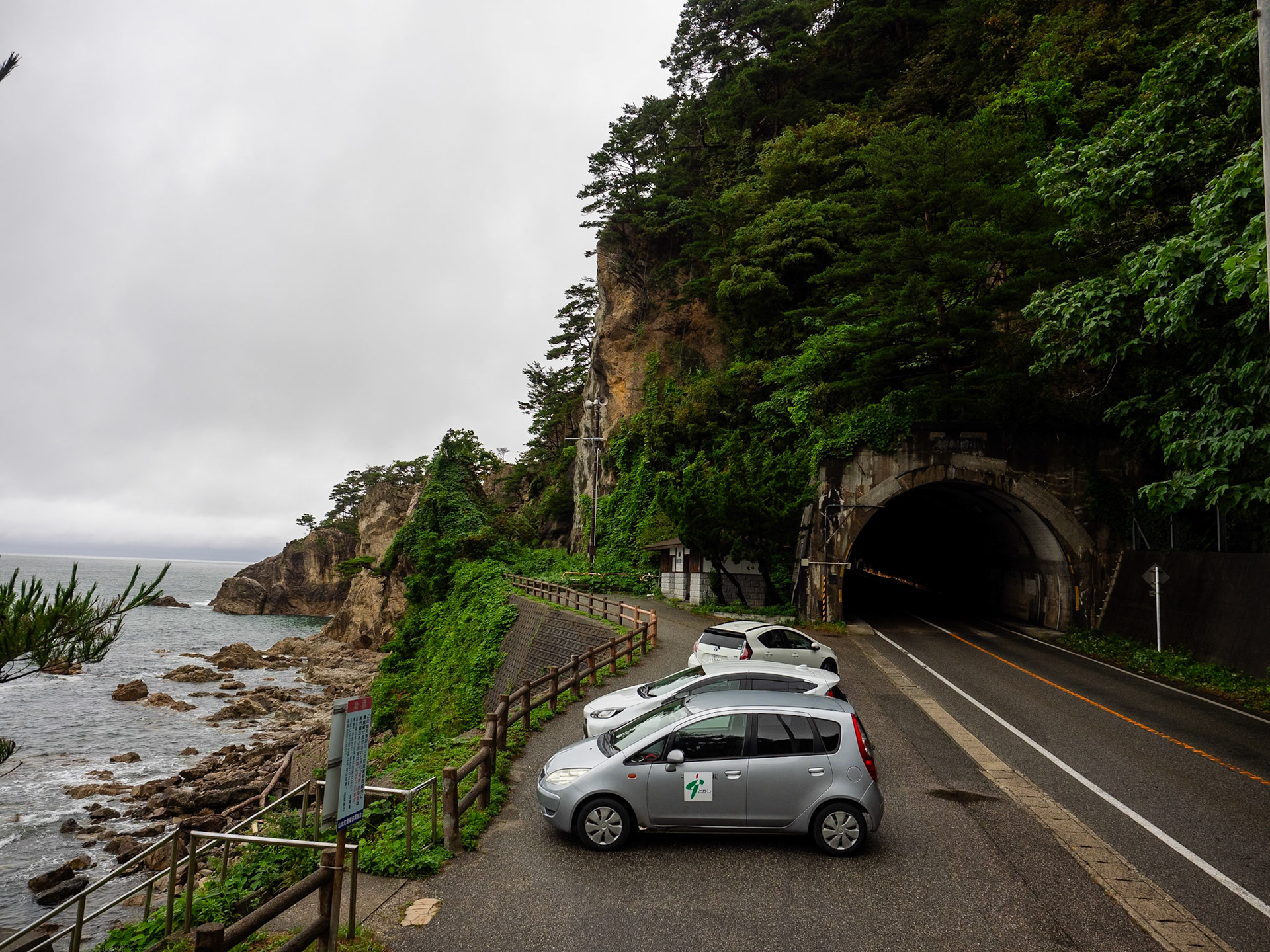
Between Niigata & Sakata
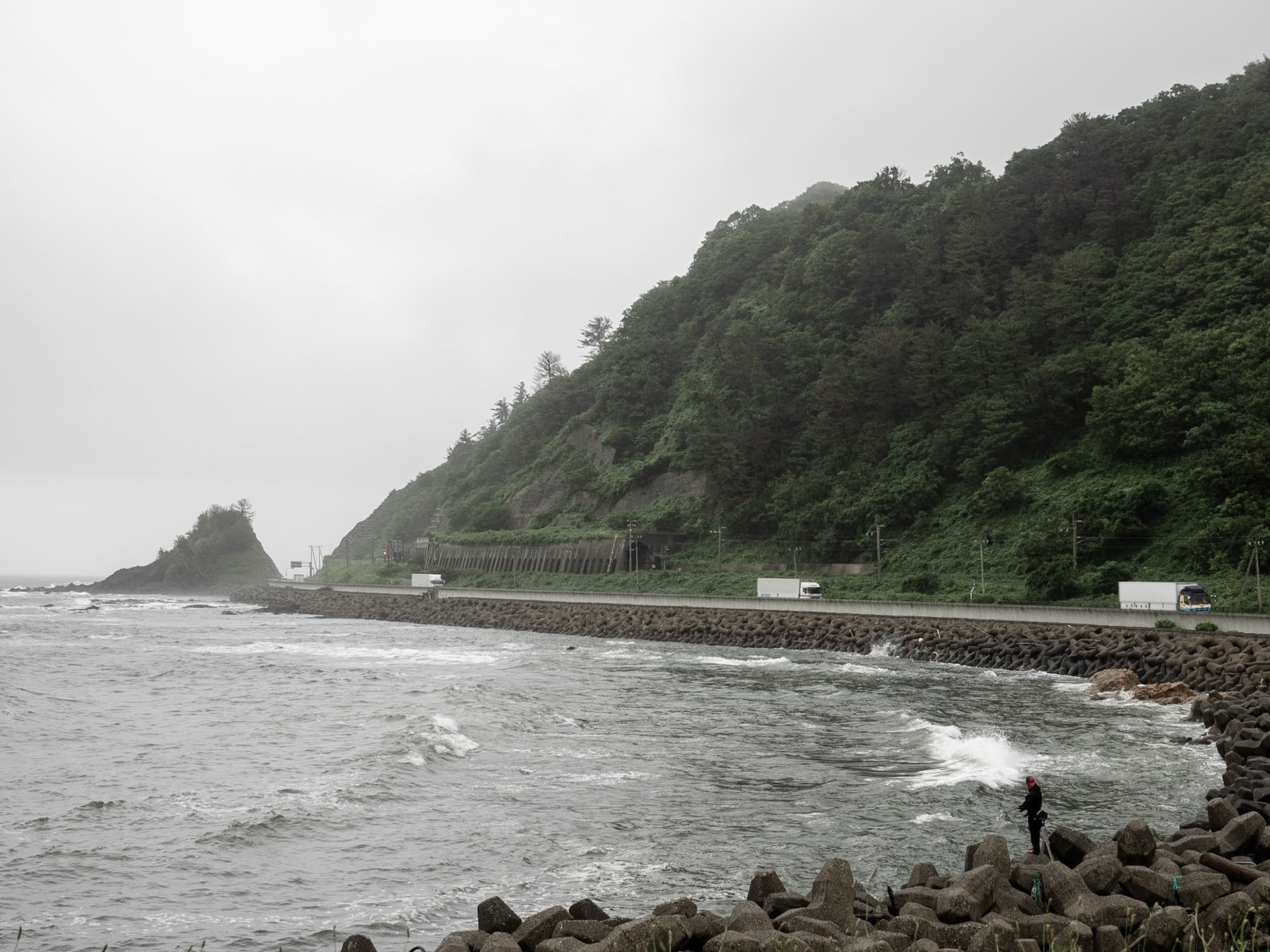
Between Niigata & Sakata
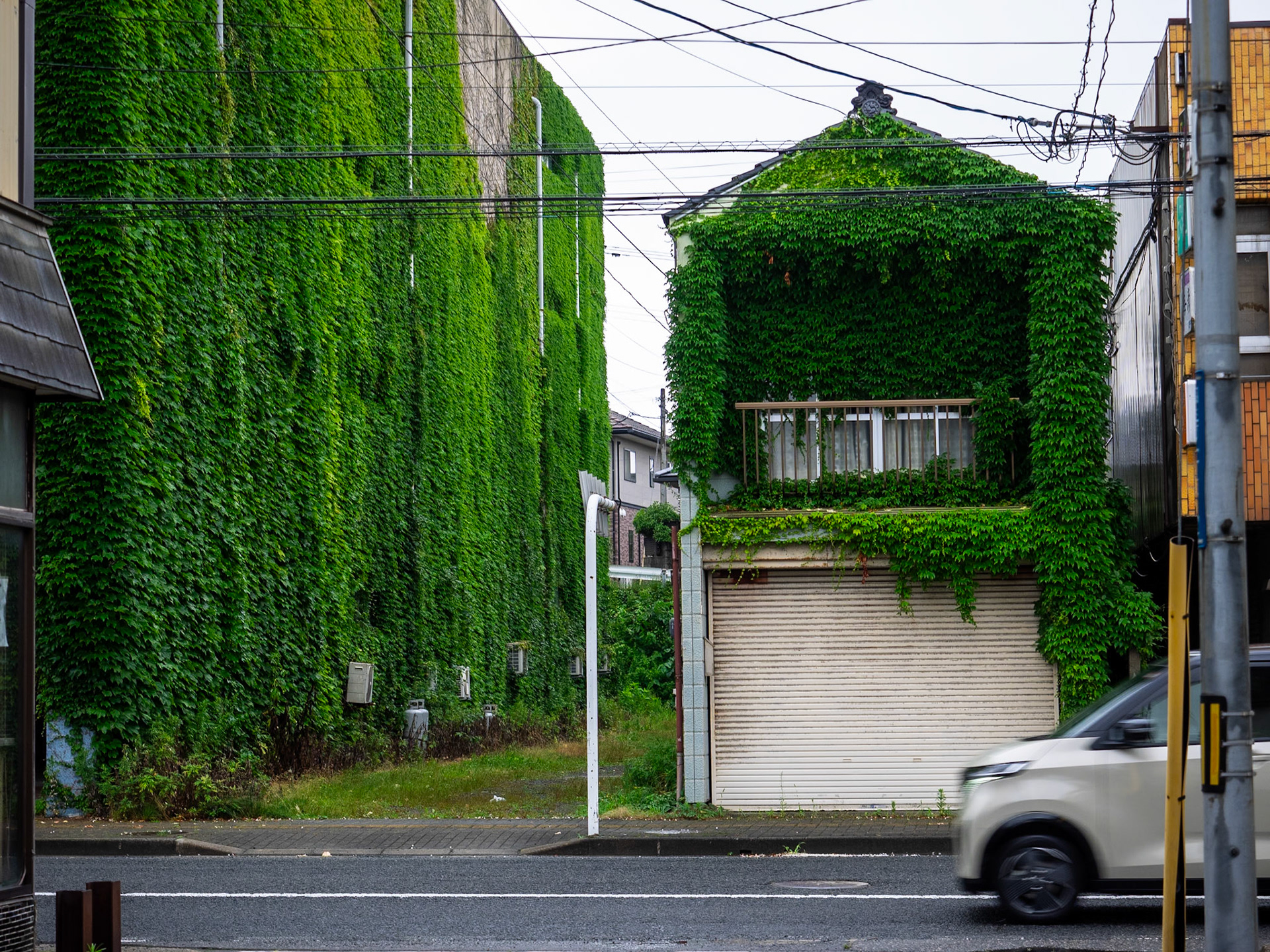
Sakata
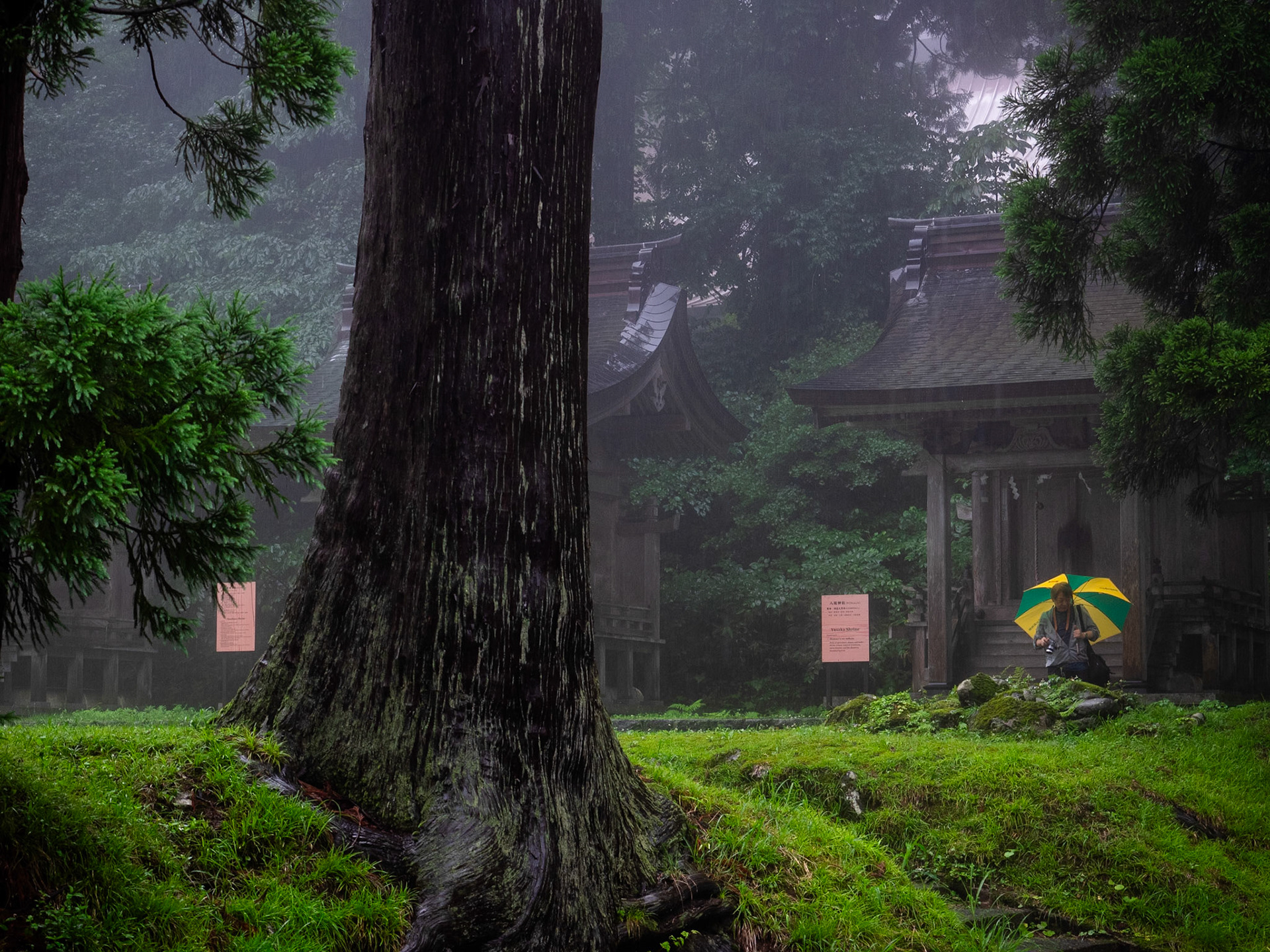
Mt Haguro Dewa Sanzan
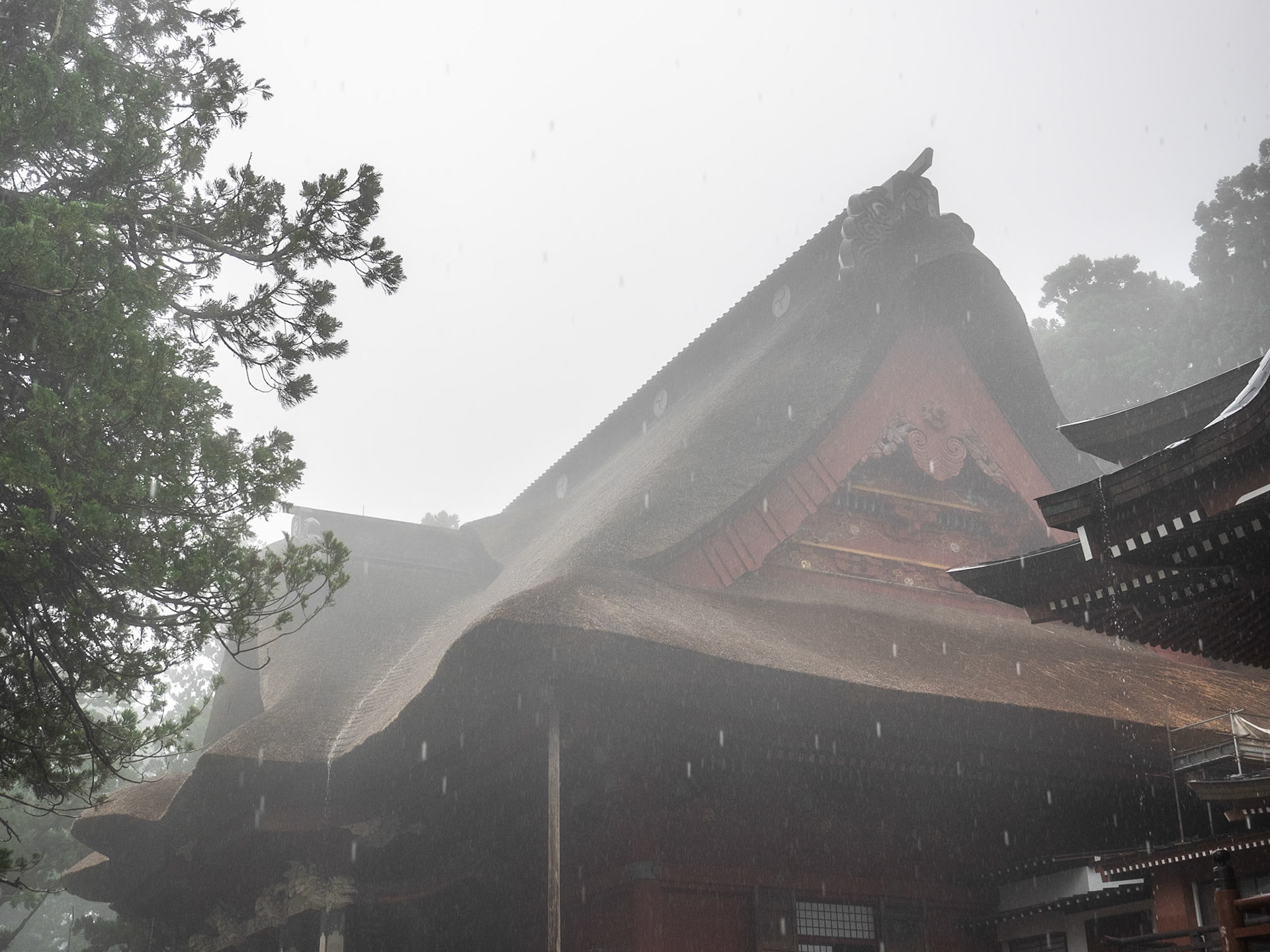
Mt Haguro Dewa Sanzan
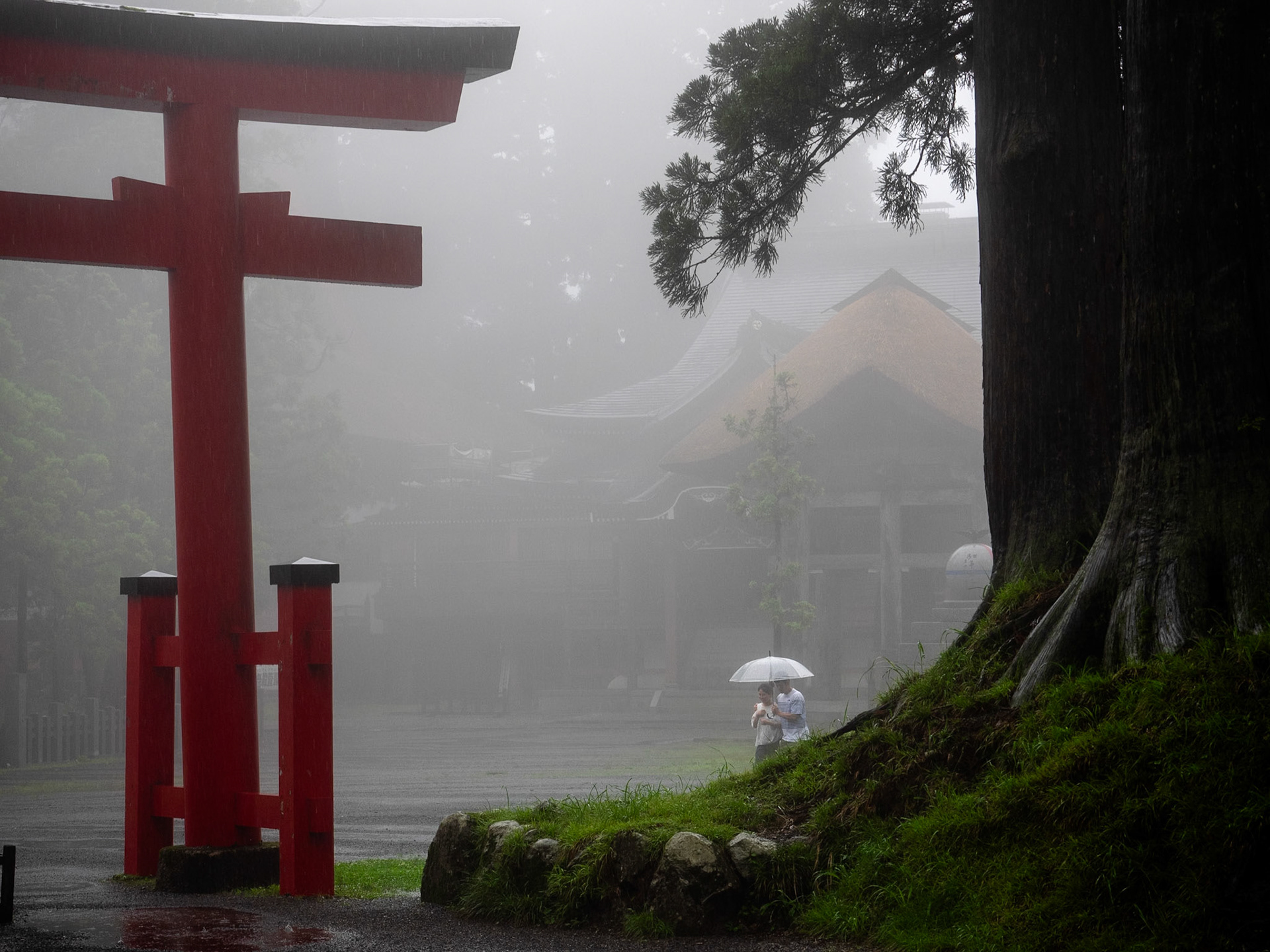
Mt Haguro Dewa Sanzan
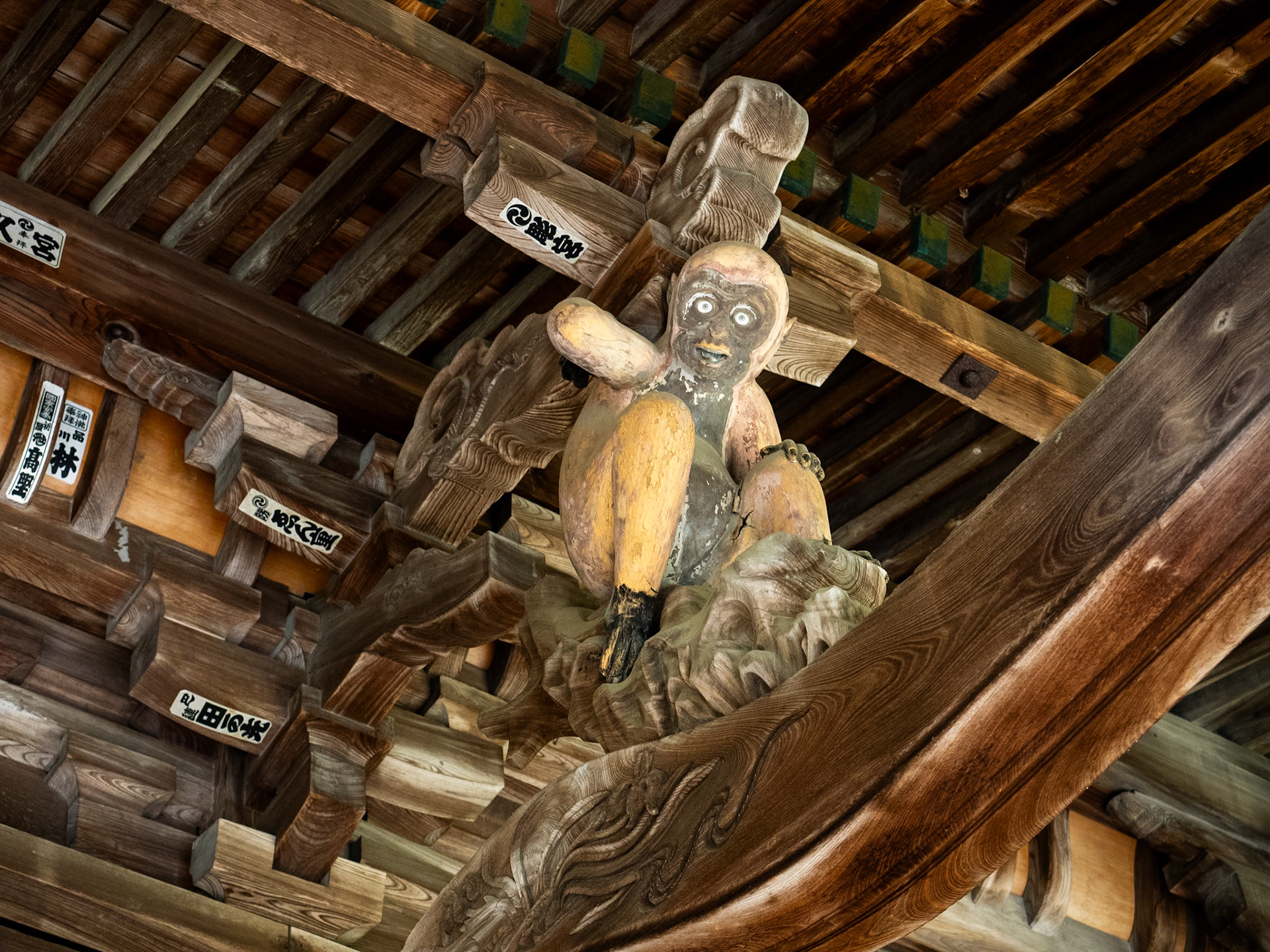
Shimohie-Jinja Shrine, Sakata
Akita & Surrounds
Traveling north from Sakata to Akita.
There's not a lot to see as you travel north towards Akita. The rice plains of Sakata give way to the forested hills & mountains that surround Akita. There are a number of isolated onsen ryokans dotted through the interior, but essentially you're deep in Tohoku now, with very few foreign tourists, and a corresponding drop off in both spoken and signed English. Though given this region's reputation for speaking a dialect that even other Japanese can't understand this is perhaps not surprising.
Akita itself is a somewhat sprawling city, with the main focus for tourists between the railway station and the very pleasant Senshu park, the site of the old defunct castle. There isn't a lot to actually see in town; the Akita Museum of Art, housed in yet another modernist Ando building has a couple of good Goya etchings, and ....
On the other hand this area does have some surprisingly pleasant, and even hipster, coffee shops and cafes. One of the local ramen variations, clam butter ramen, is well worth a try.
In a radius of an hour or so travel around Akita, Kakunodate, a preserved samurai town inland towards Morioka is the most famous and visited. It's a stop on the shinkansen line so access is easy. However we haven't actually visited. Which leads me to note that for the last couple of years Akita and the surrounding areas have been subject to major floods throughout summer, and not just the rainy season, with significant disruption to the rail network & some roads. so timing is everything here.
An hour to the north of Akita lies the Oga Peninsula. This is one of the most remote parts of mainland Japan outside of northern Hokkaido. The highlight here, and worth a trip, is the Namahage Museum, dedicated to the local monsters of folklore. These creatures, dressed in straw, covered in wood or bamboo masks, and armed with knives, axes and sickles, are still reenacted in the local villages when they come to visit children with the threat of flaying alive any child who has misbehaved. If that sounds cruel. bear in mind I've never seen Japanese tourists laugh so loud as when they were watching actual video footage of Namahage visiting terrified children. The museum itself is modern, and houses a quite extensive collection of costumes. implements and film footage, with decent English translations. You can also pay extra to witness a namahage performance several times a day.
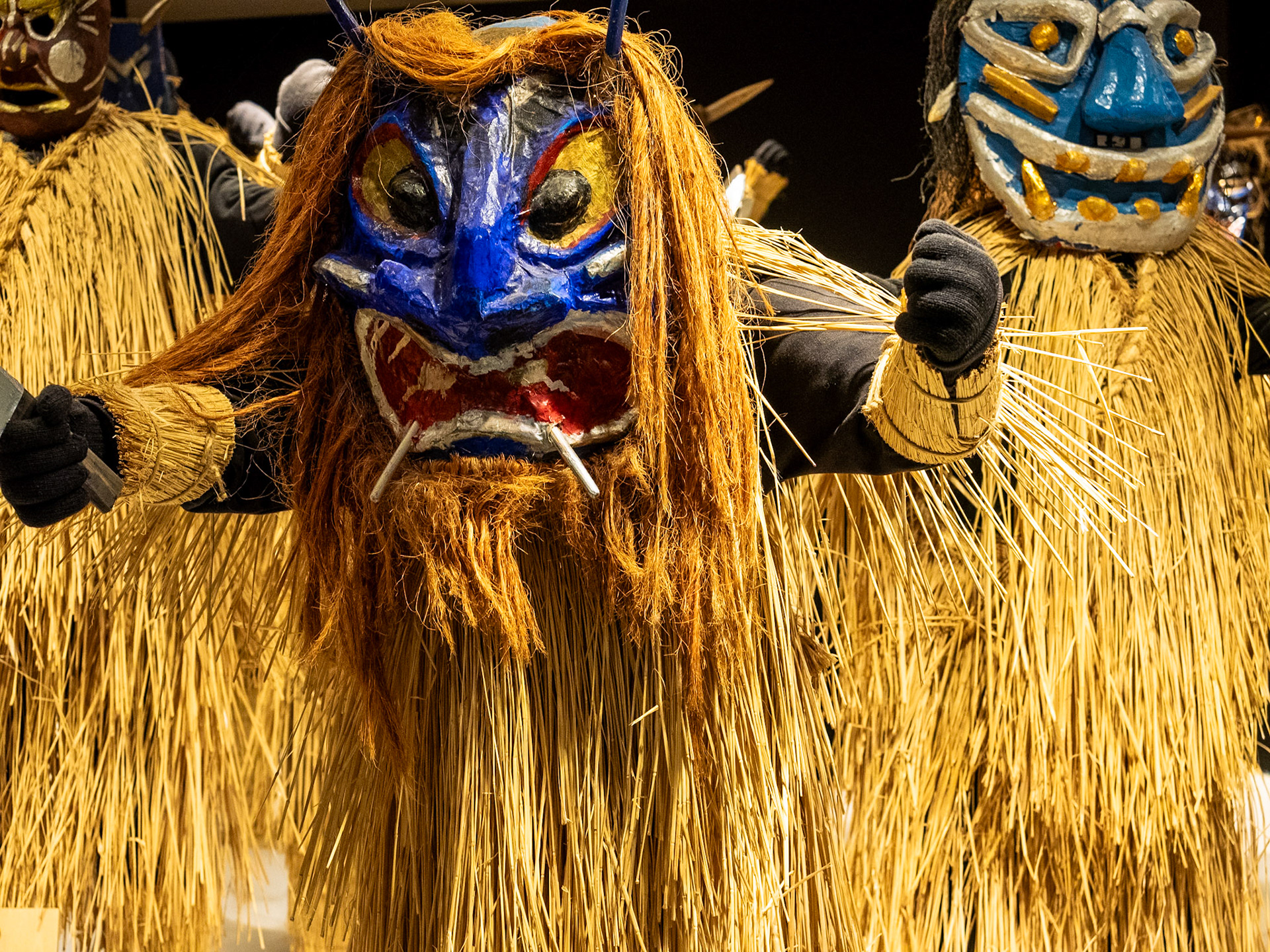
Namahage Museum, Oga Peninsula
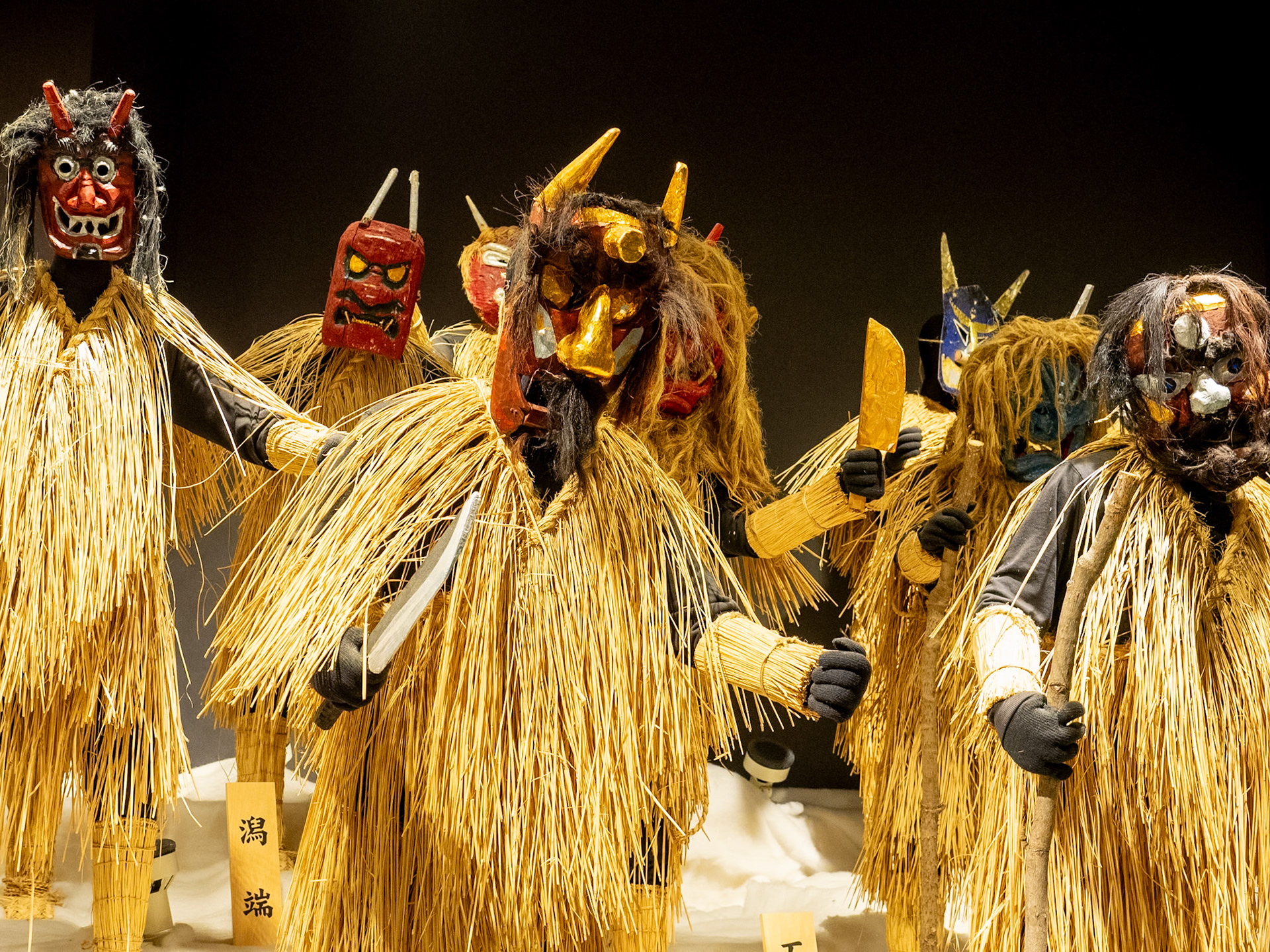
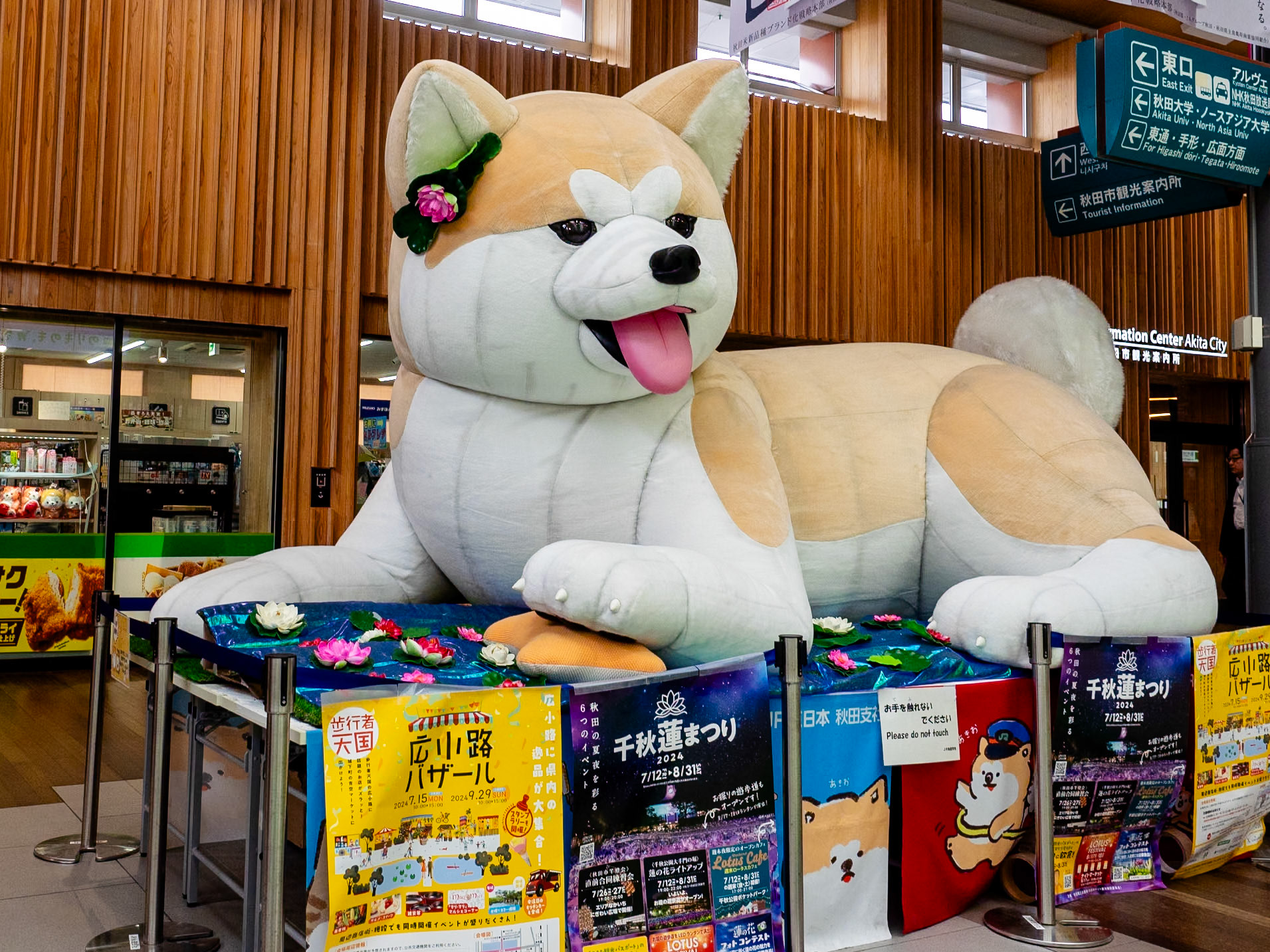
Akita Station
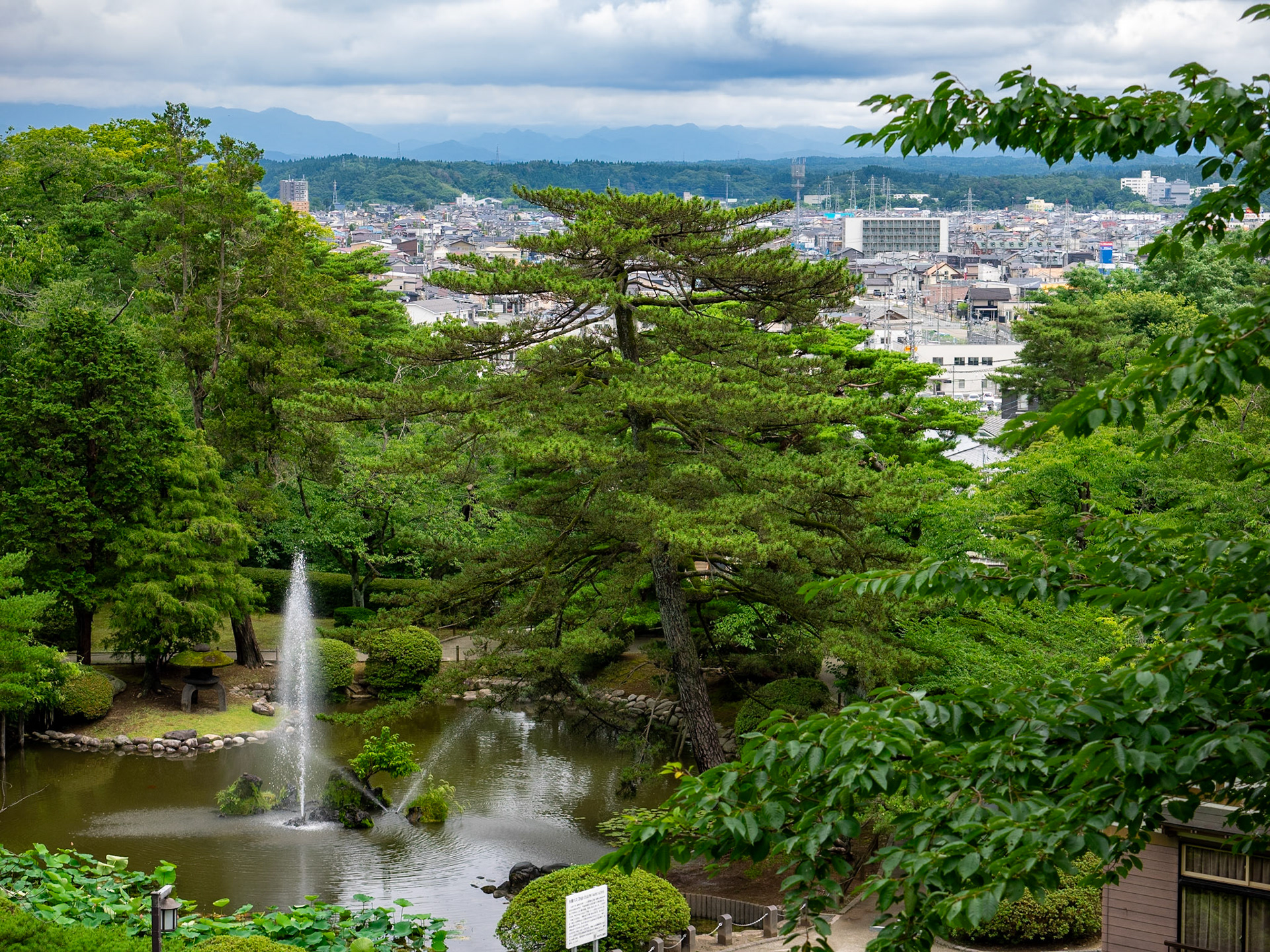
Akita
Leaving Akita, you can head by road or rail, including shinkansen, east to Morioka, via Kakunodate. Or, for a more scenic variation the Joyful Train, Resort Shirakami, is a great slow train trip north along the coast before it heads east to Hirosaki or Aomori. Depending on which version you catch, there are different brief stops along the way, even the older carriages are quite comfortable, and, unless you're traveling on peak weekends, taking luggage is not an issue. It's a 5 or 6 hour journey that's a fascinating look at various landscapes, and, as a side, the visible effects of rural depopulation in this isolated neck of the woods.

Resort Shirakami View

Resort Shirakami Stop




